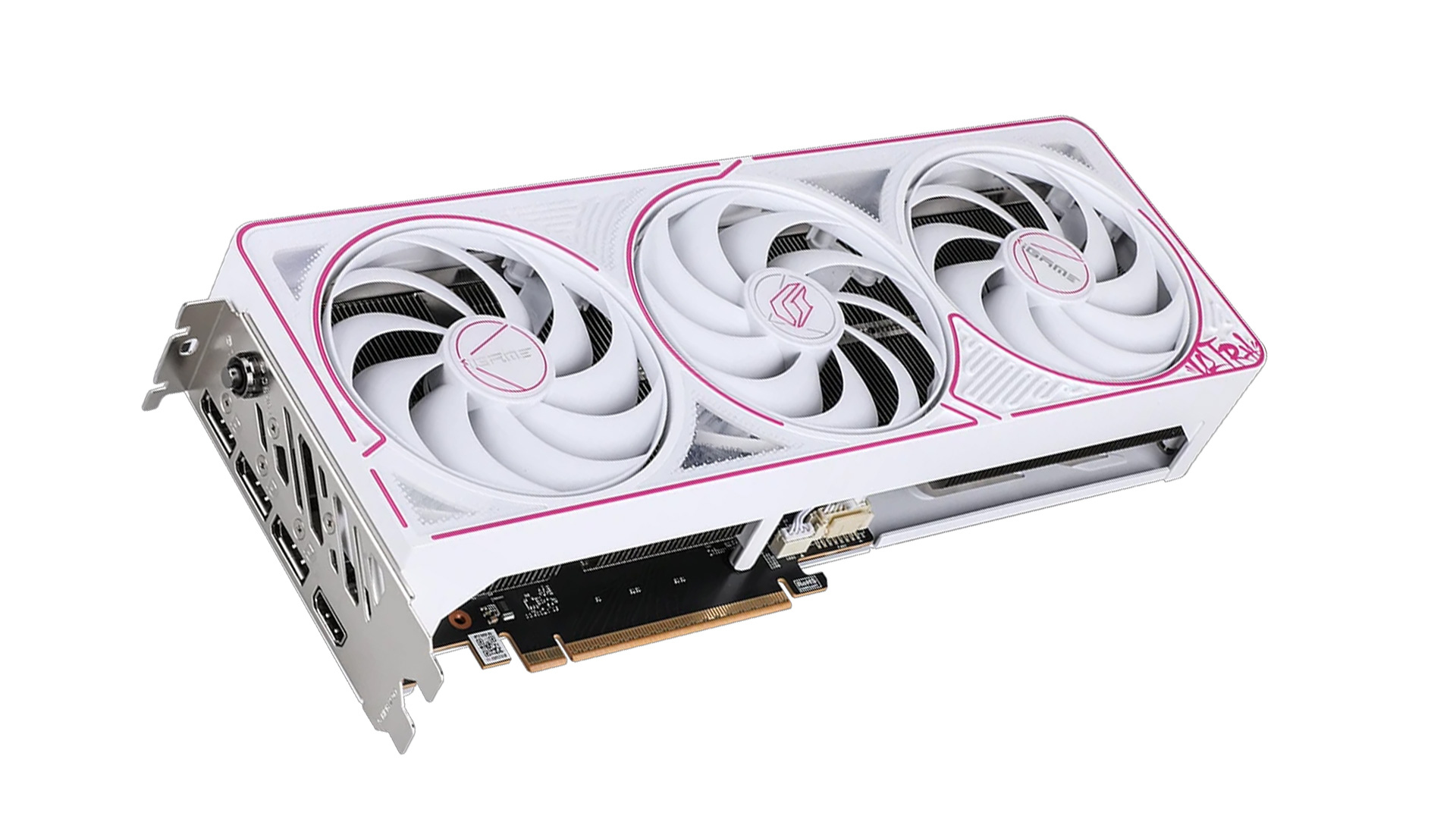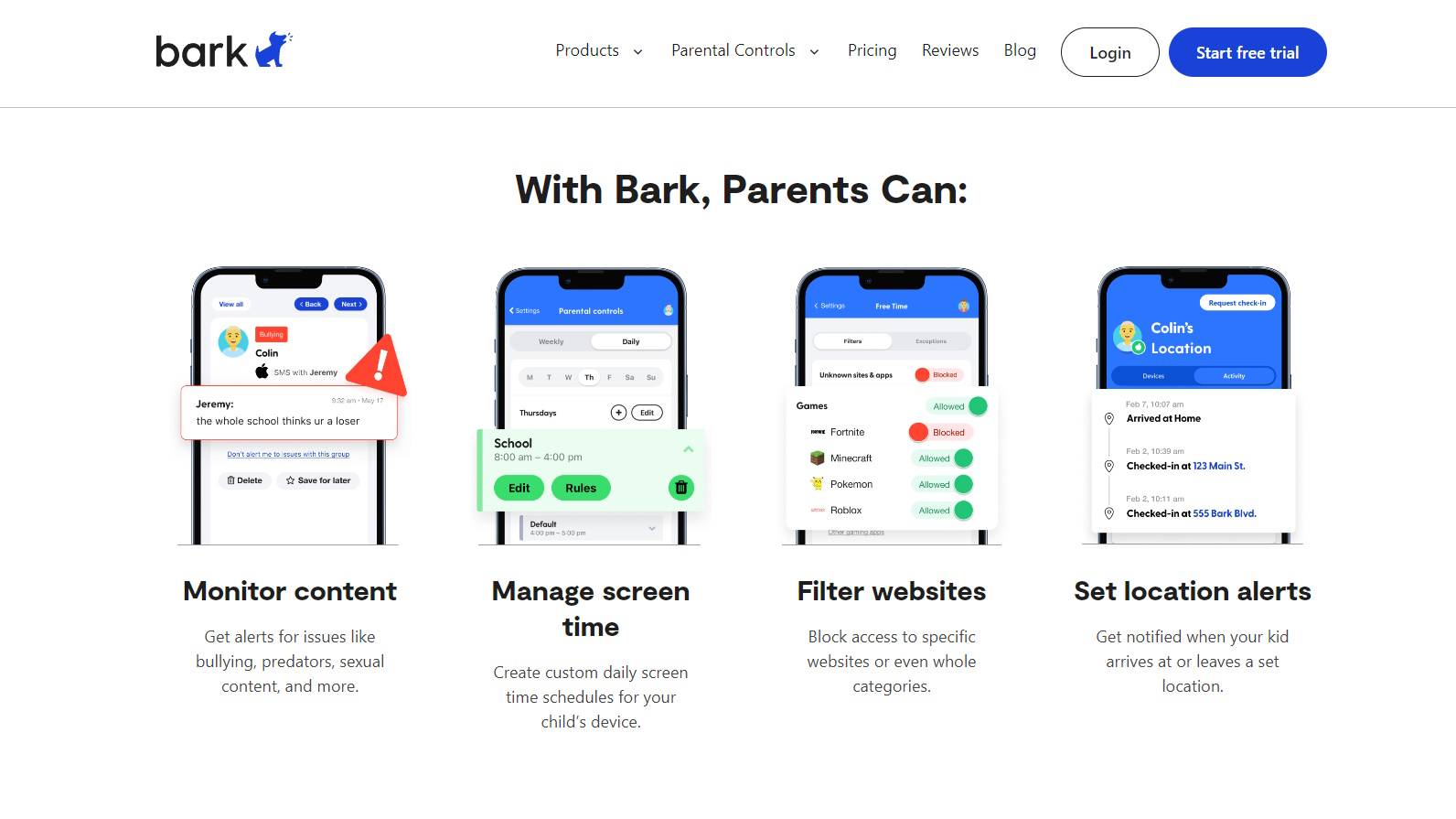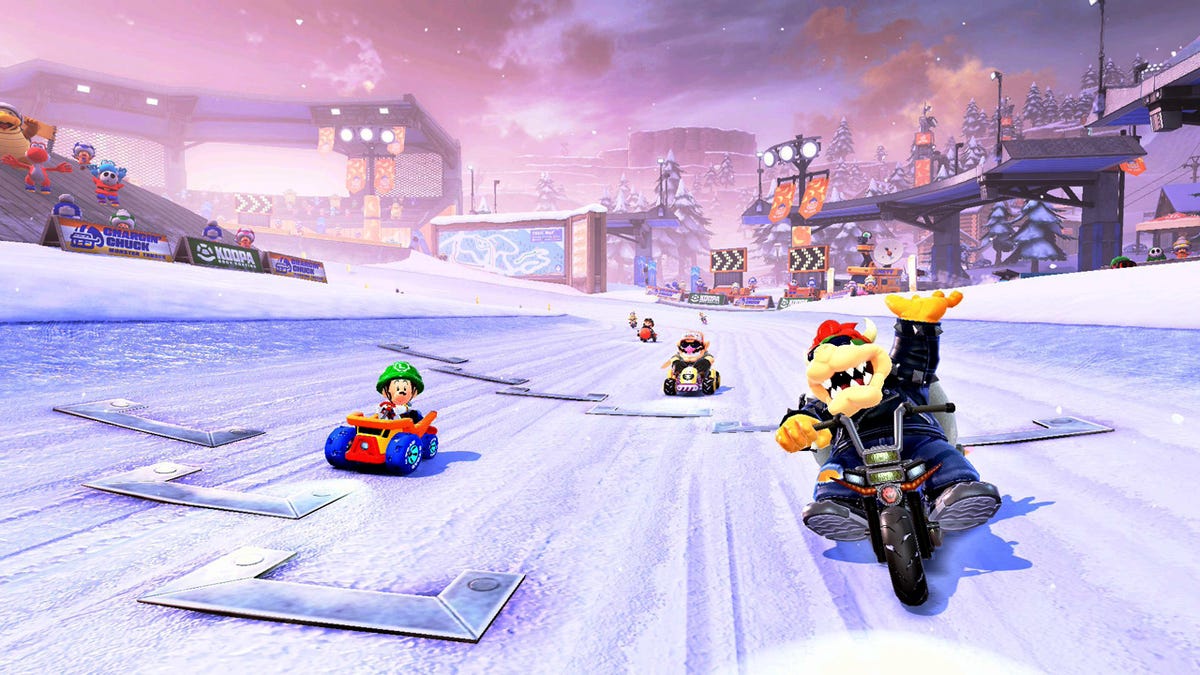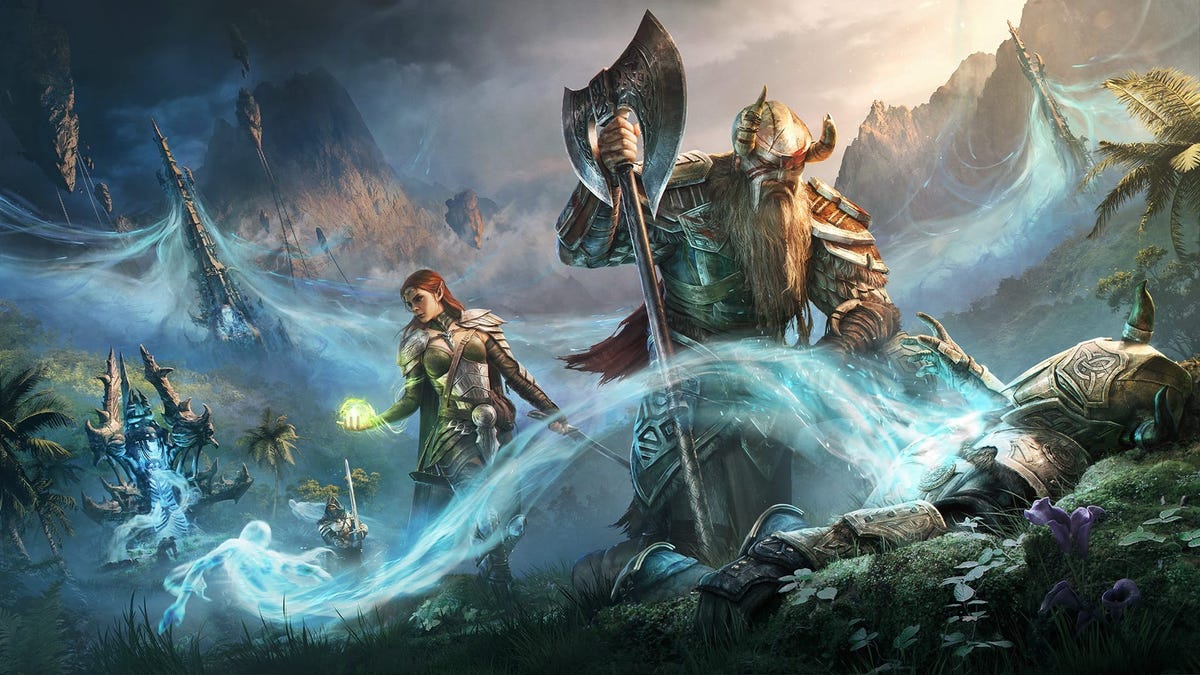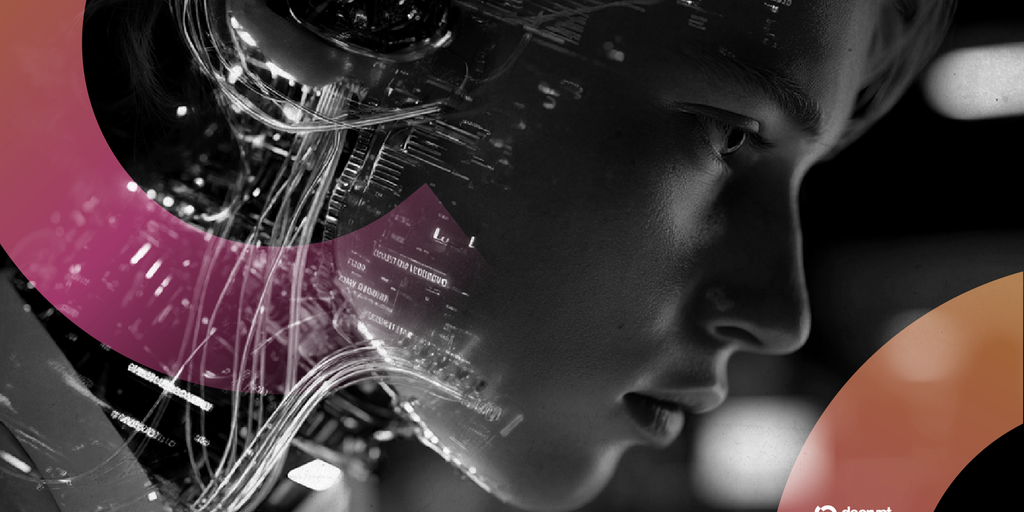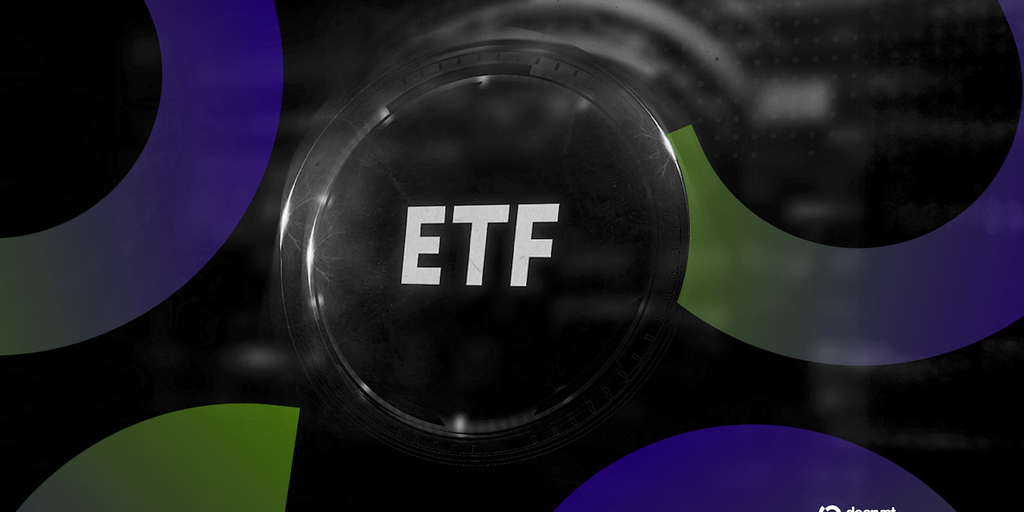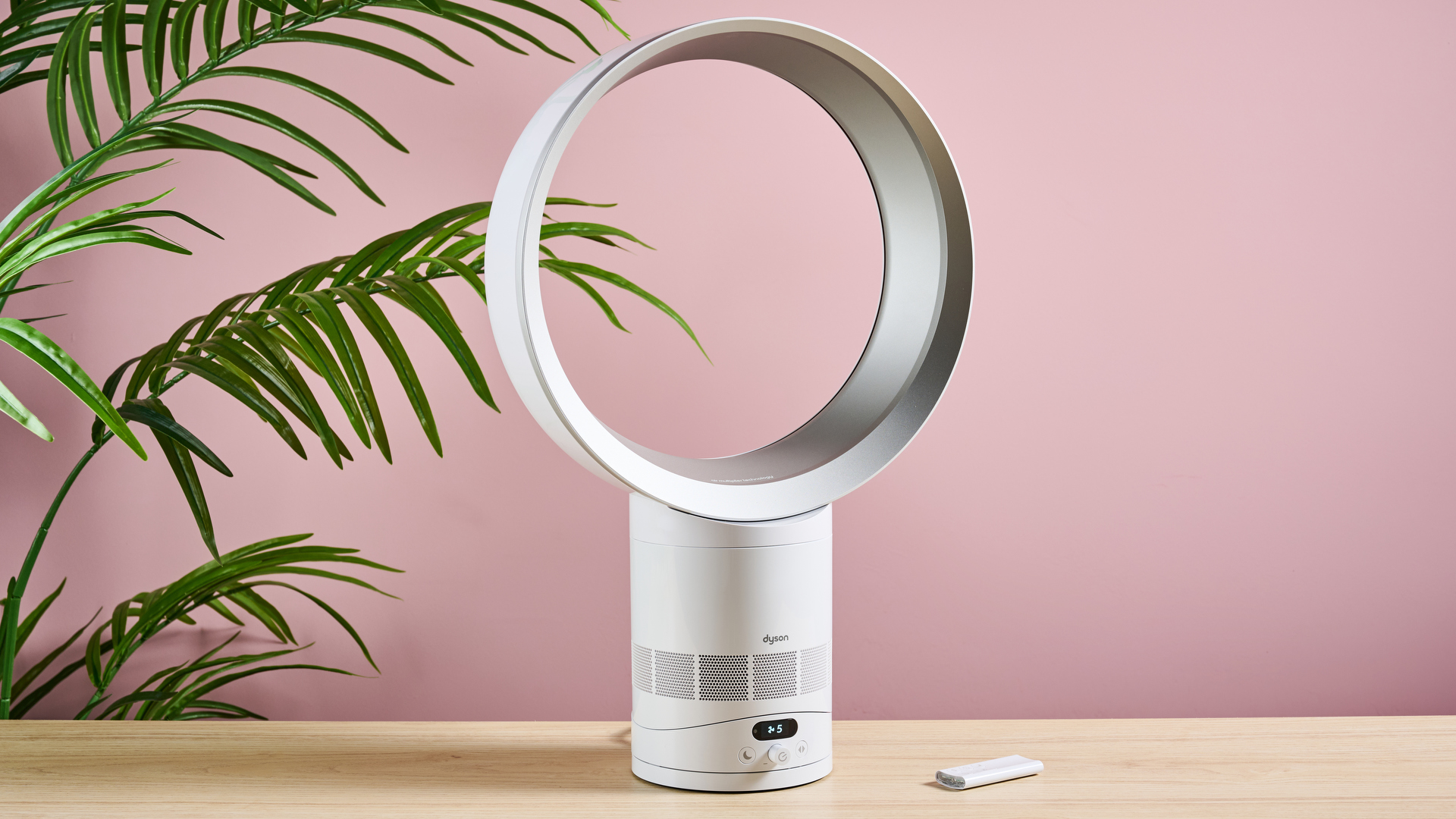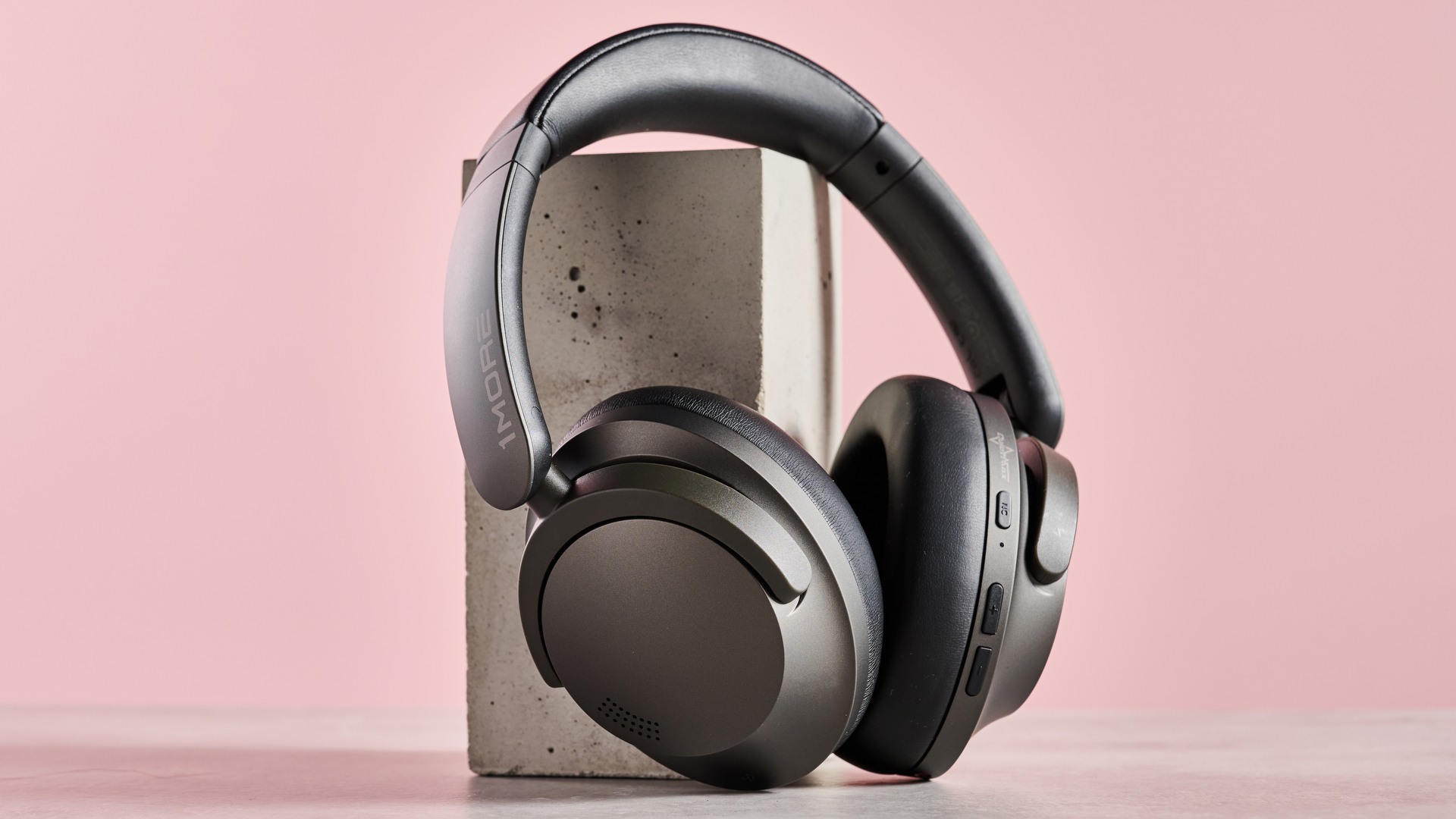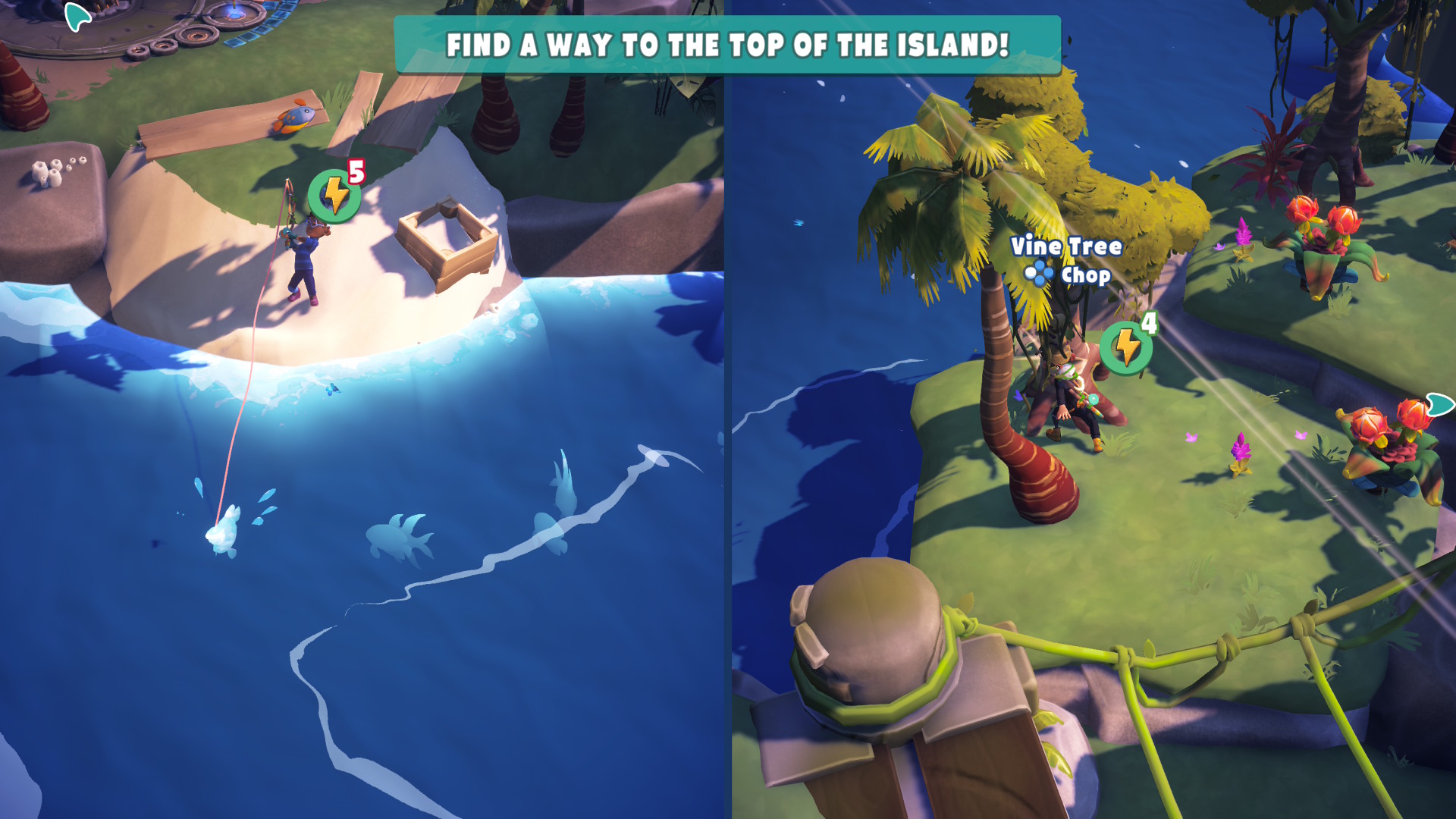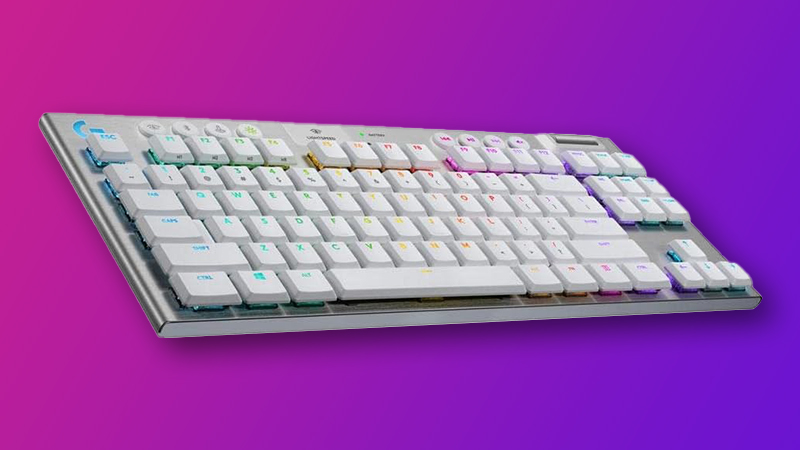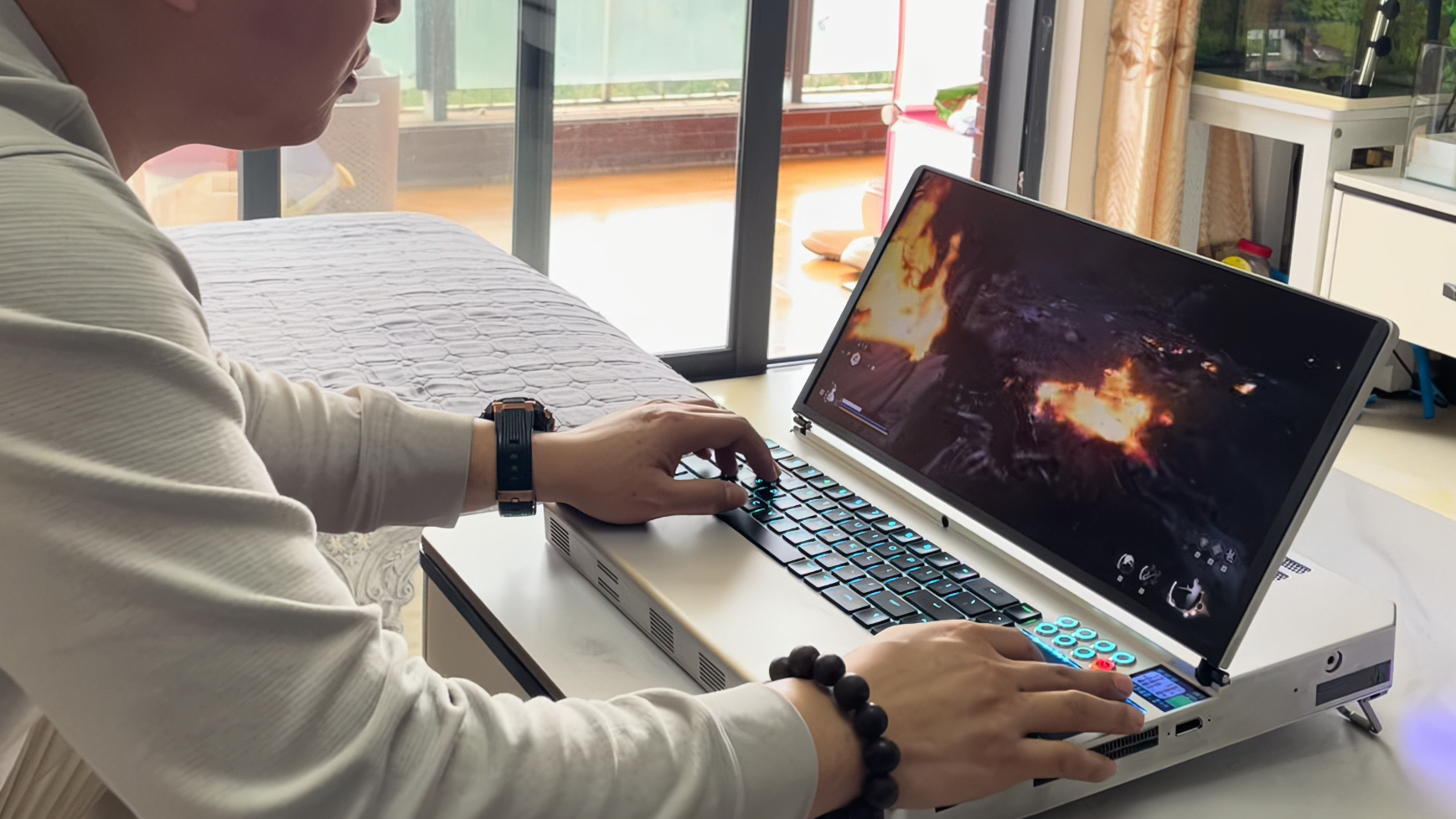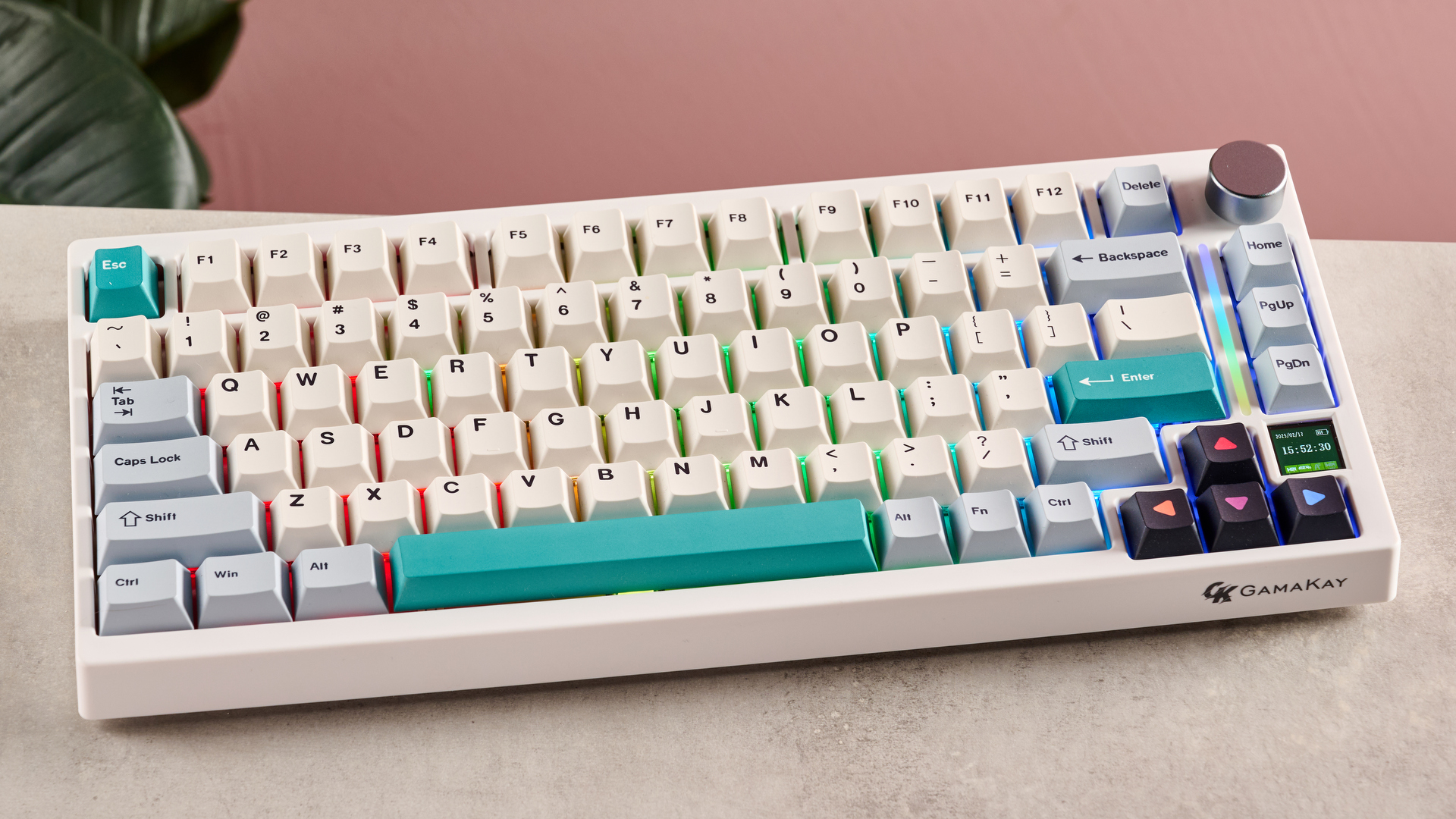I tested the Fujifilm X half retro compact, and it's double the fun – I'm still smiling
Fujifilm's X half is a digital reimagining of the half frame film camera, complete with vertical photos and a unique Film Roll mode.
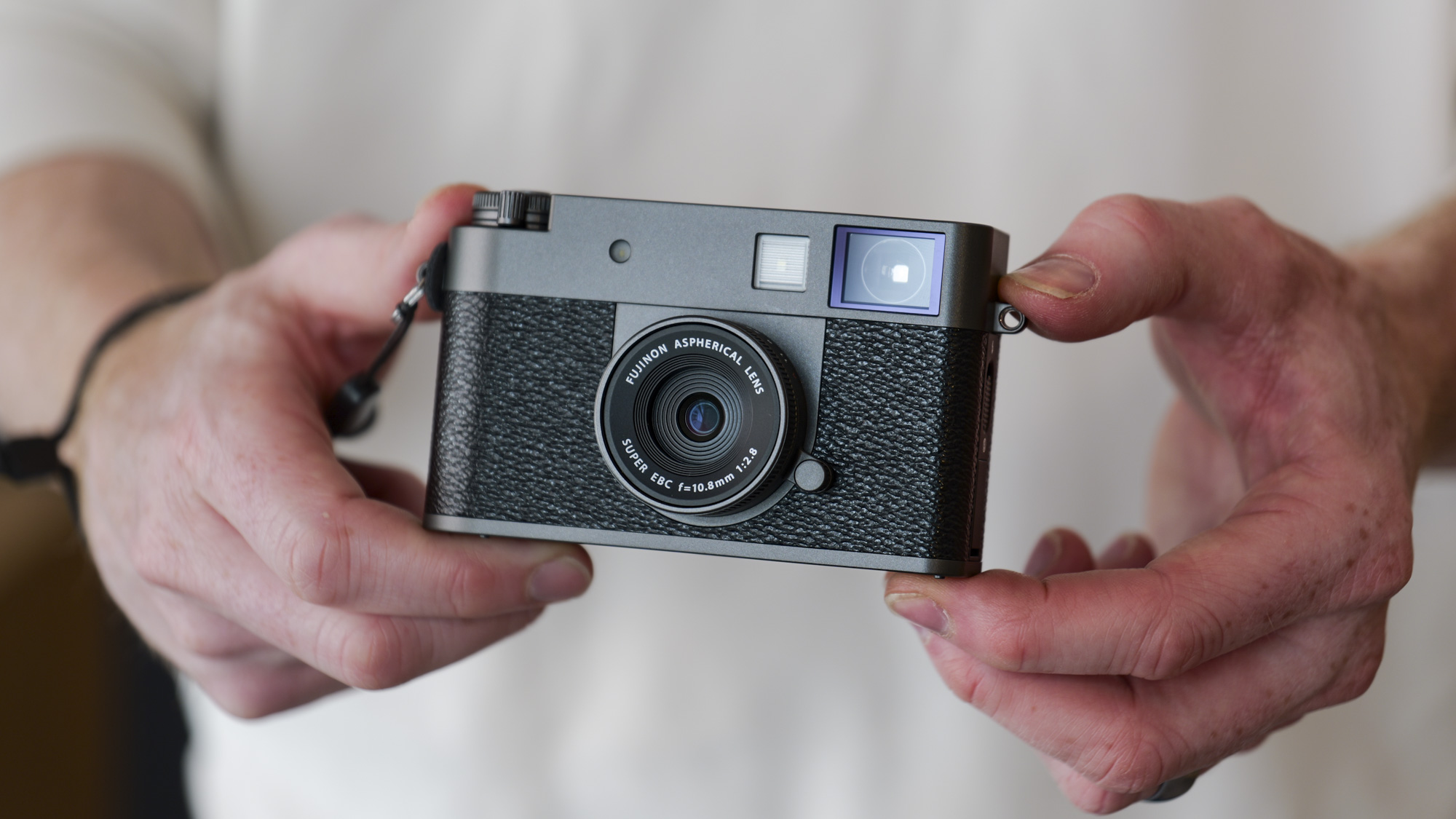
Fujifilm X half: Two-minute review
Every now and then, a refreshingly unique camera hits the market, and the Fujifilm X half retro compact is one of those few examples.
It's a niche, digital alternative to half-frame film cameras such as the Pentax 17, and for most people is the better choice of the two.
Fujifilm has really let loose in designing the X half, and it's a love letter to film photography, specifically half frame. It offers quirky features such as a touch-sensitive film canister window-like screen, plus a Film Roll mode which is so charming that I dedicated a whole article to it. Each idea, weird as they might seem for digital, actually make perfect sense in the spirit of film.
There's no other digital camera that comes as close to the film camera experience as the X half, and the beauty is that you can take or leave many of these features because it's digital, nor are you hobbled by the ongoing costs that come with using an actual film camera.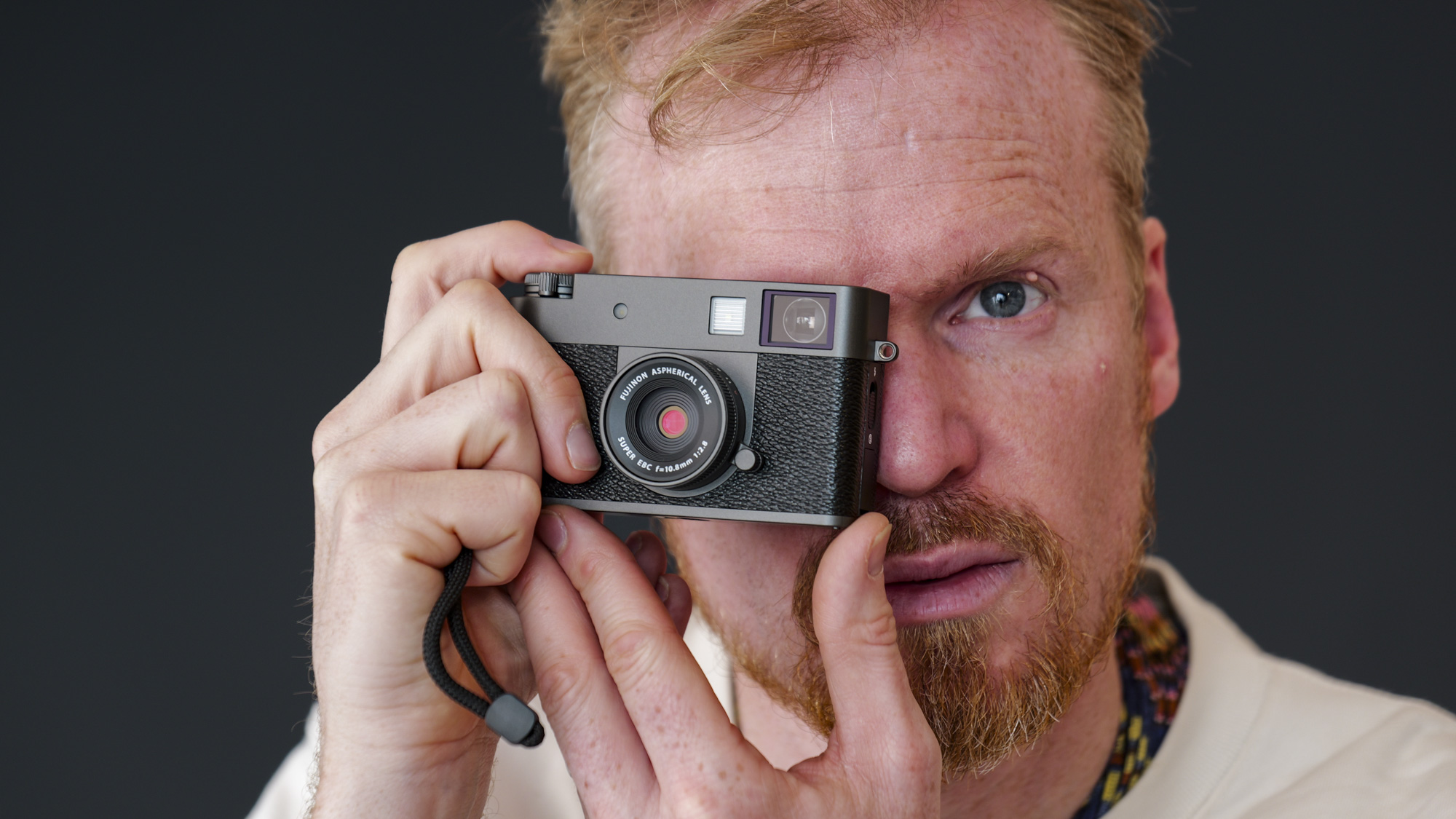
On a technical level, the X half is pretty basic. The vertical-format 1-inch sensor records JPEG-only photos up to 18MP, while video is limited to vertical Full HD. Its fixed 32mm (equivalent) lens with f/2.8-11 variable aperture is only moderately sharp, too.
To mark the X half down for such reasons, however, misses the point – this camera is all about the fun, in all the right ways. Those perceived limitations such as JPEG only are rightly there, in the spirit of film – the Film Simulation you choose is locked in once you press the shutter.
The X half is a tidily packaged retro model too. Its robust plastic body tips the scales at just 8.5oz / 240g, plus its fixed 32mm f/2.8 lens is tiny, meaning you can slip the camera into a pocket. Battery life is particularly good, too.
@techradar
I love the unique design touches – that touch-sensitive LCD which emulates a film canister window, and a lever that mimics the film wind lever for diptych composites and to move onto the next frame in the Film Roll mode.
Picture quality is actually pretty decent, but after a month using the X half, I'm less focused on outright quality – this is a different kind of camera.
I've read many comments bemoaning the price of what is a toy-like X half, and to an extent I see the point. However, I see value in products that I will actually use, and after a month with the X half, the novelty hasn't worn off.
Fujifilm designers with a soft spot for analog have clearly let loose with the X half, and it's simply in a world of its own.
Fujifilm X half: Price and availability
- The X half was announced on May 21 and available globally from June 12 2025
- It cost costs $849/ £699 / AU$1,349 and is available in three colorways: silver, charcoal and black
- There's a (free) dedicated Fujifilm X half app on iOS and Android stores
Fujifilm launched the X half globally on June 12 for $849 / £699 / AU$1,349, which for most people counts it out as an impulse purchase – if it was about 30% cheaper I think the X half would fly off the shelves.
The price feels high, but an alternative such as the Pentax 17 film camera costs $499 / £449, and that camera doesn't have all the digital components that the X half does.
There are three colors to choose from: silver, charcoal and black. I think the silver version is most in keeping with the spirit of the X half, but I can also envisage it being produced in additional colors down the line if it sells well, which I expect to be the case.
There were no dedicated accessories at launch. I'd like to see optional accessories such as a half-leather case, which could look the part.
Alongside the camera, Fujifilm announced a dedicated app for the X half for iOS and Android devices, which can be used to upload images from the camera, and through which you load photos taken using the Film Roll mode. It's a really fun app.
- Price score: 3.5 / 5
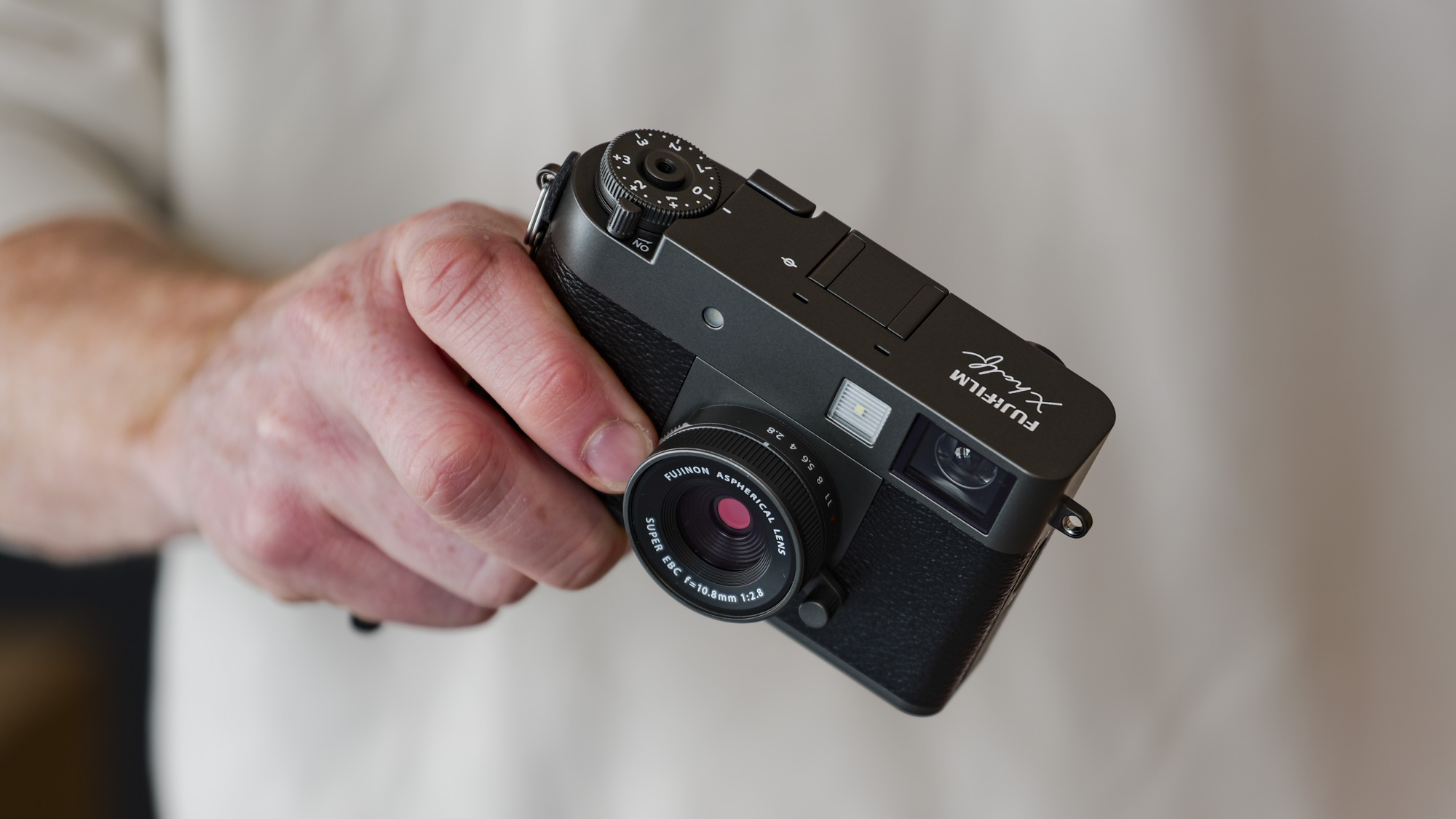
Fujifilm X half: specs
Camera type: | Compact |
Lens | 10.8mm f/2.8 (32mm equivalent) |
Sensor: | Vertical 1-inch, 13.3 x 8.8mm, 18MP |
Video: | Full HD, vertical |
Battery: | 880 shots |
Weight: | 8.5oz / 240g |
Fujifilm X half: design
- Unique twin vertical displays
- Fixed 32mm (equivalent) f/2.8 lens
- Weighs just 8.5oz / 240g with battery and SD card inserted
The X half is unmistakably a Fujifilm camera, while packing unique features and sharing certain similarities with the Pentax 17.
It might be plastic, but the X half is a well-built and lightweight retro compact, packing a tiny fixed lens with a 32mm-equivalent focal length and mechanical aperture, which can be manually adjusted between its f/2.8 to f/11 settings using a handy lever.
There's an on-off switch on the top of the camera. When set to on, a lever – which is designed to mimic a film-wind lever – juts out from the camera for easy access. This lever is used to activate the diptych feature, which we'll get into shortly, plus move onto your next frame in the charming Film Roll mode.
The shutter button is set within an exposure compensation dial, and I must say that all of these controls ooze a reassuring quality, with a suitably stubborn resistance.
Also on the top is a coldshoe for mounting accessories, but it's not a hotshoe, so that means no accessories such as a flash gun.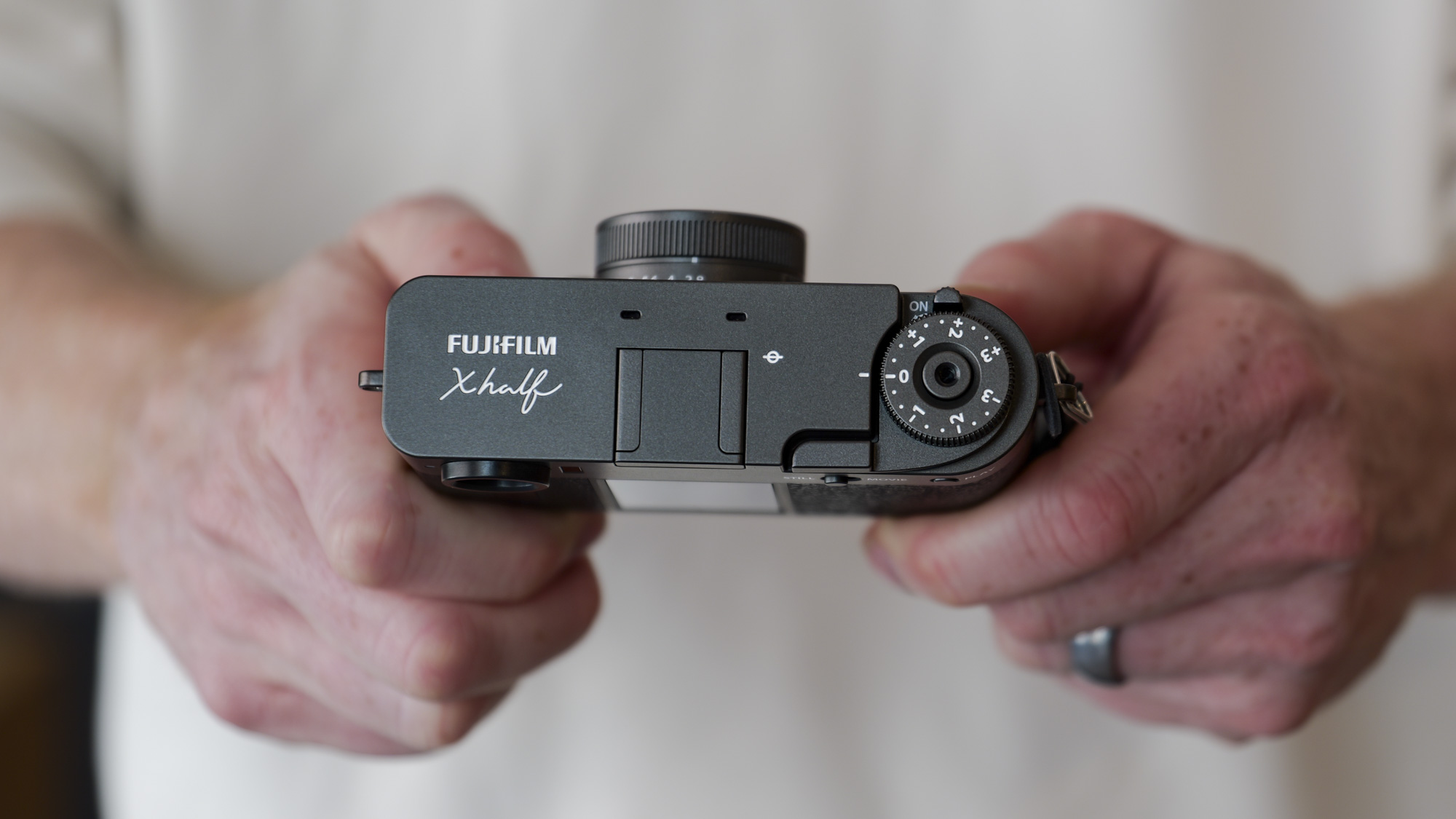
In the absence of optional flash accessories, a low-powered LED flash sits above the lens to provide some fill light that's particularly handy for indoor close-ups. The flash can be turned on and off using a switch on the X half's left side, while on the other side is a USB-C port for charging the camera.
Battery life is a healthy 880 shots, with the X half utilizing the WP126S battery that's been a long time staple in the Fujifilm X series range, used by cameras like the X100VI.
On the back there's a small and basic look through optical viewfinder at the top-left, which comes in handy particularly for the Film Roll mode – more on this shortly.
There are no control buttons or dials on the camera's rear, just a photo / video switch and a playback mode. Instead, the action happens through the twin touch displays – and this is where things get really interesting.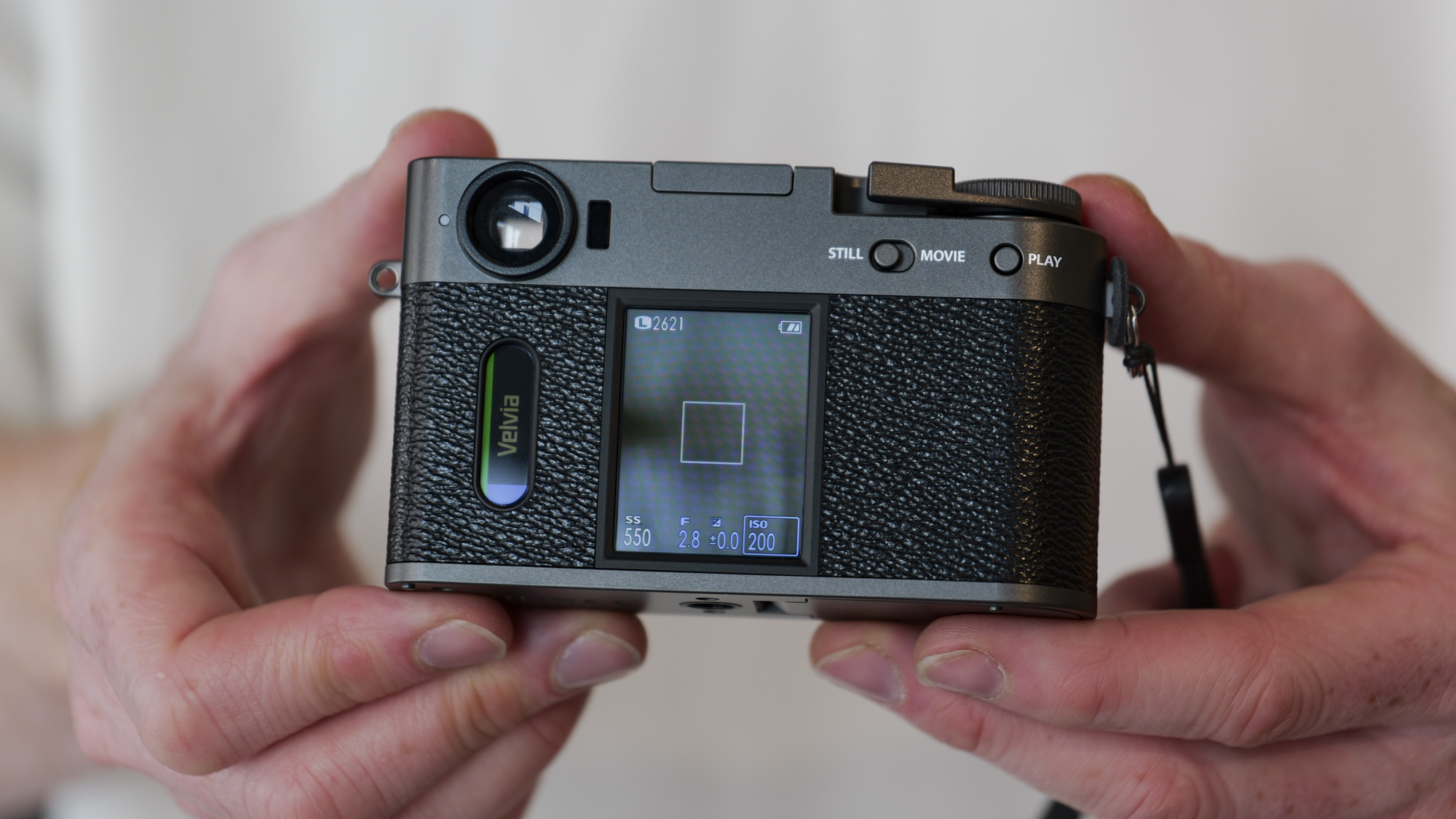
First up, I adore the new touch-sensitive LCD which (by default) mimics the film canister window present in many film cameras.
A swipe up or down on this display scrolls through the various Film Simulation modes, with a stripped back selection of 13 looks. It can also be used to adjust certain camera settings, depending on which part of the menu you're navigating.
Then there's another unique touch LCD: a vertical display for live view and the X half's four menus, each of which is accessed via a swipe from one of the four sides.
One menu accesses basic camera settings such as exposure mode, another the Film Simulations and picture effects – Fujifilm has added several new film photography-inspired effects, including light leak.
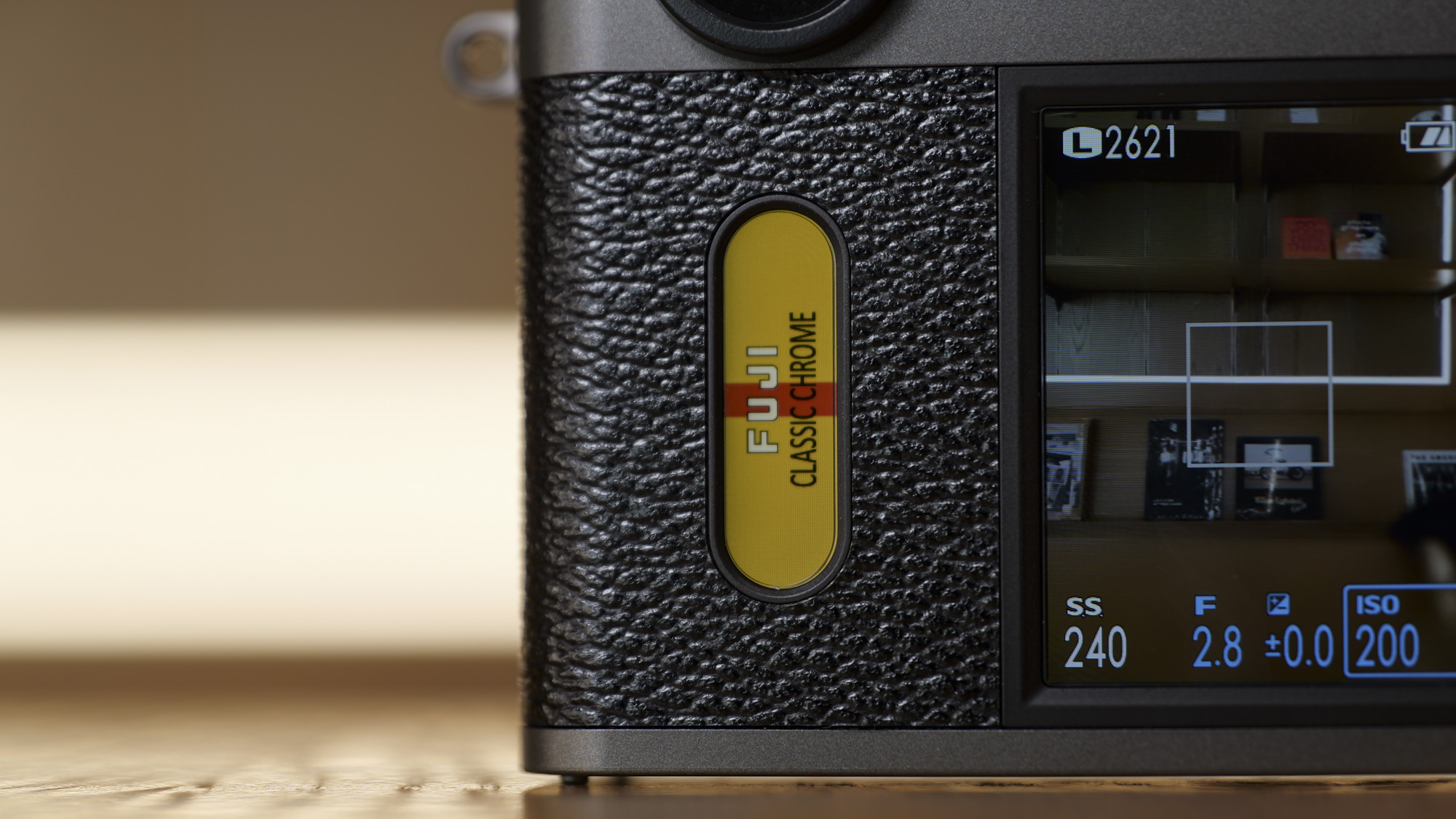
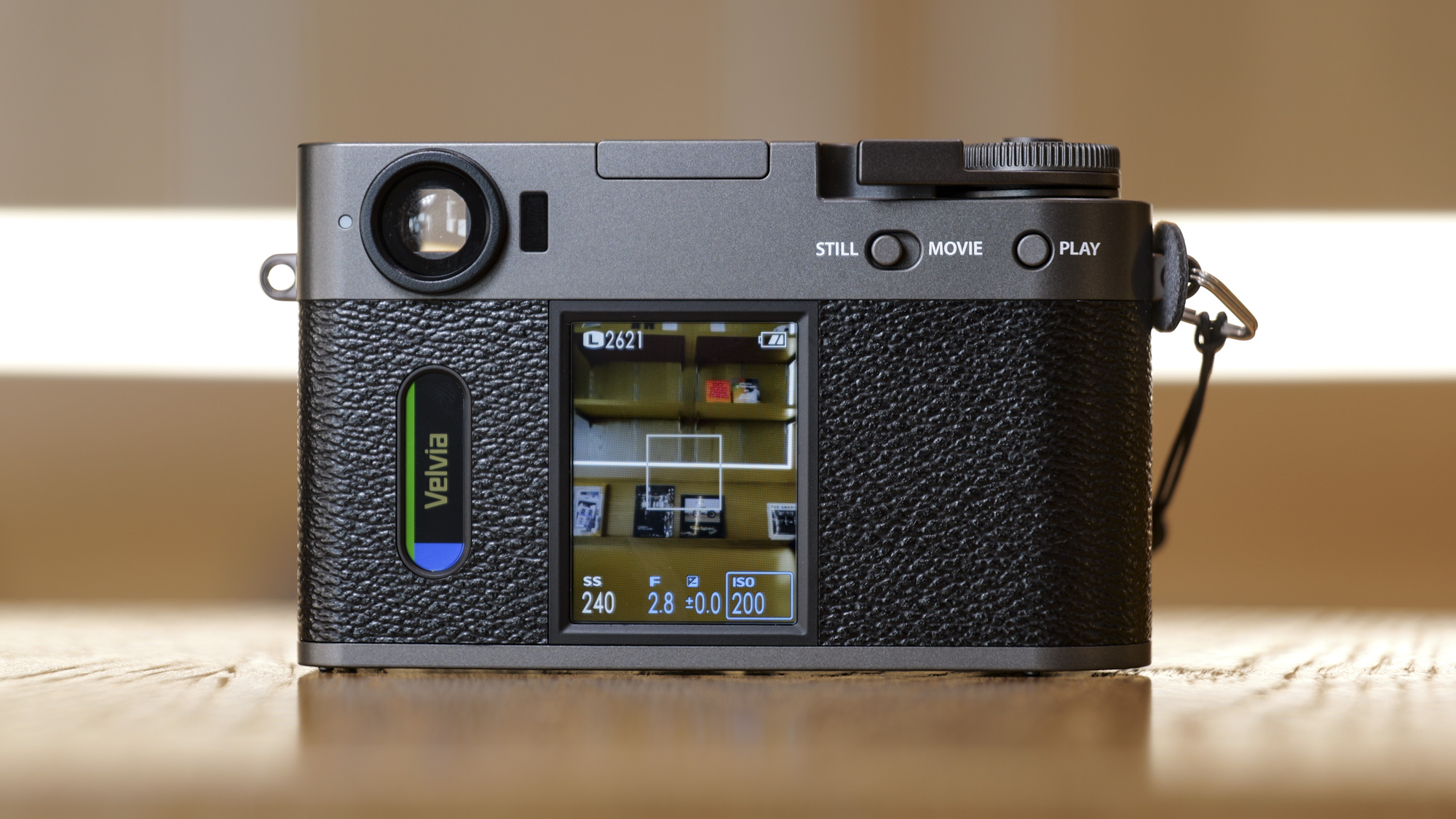

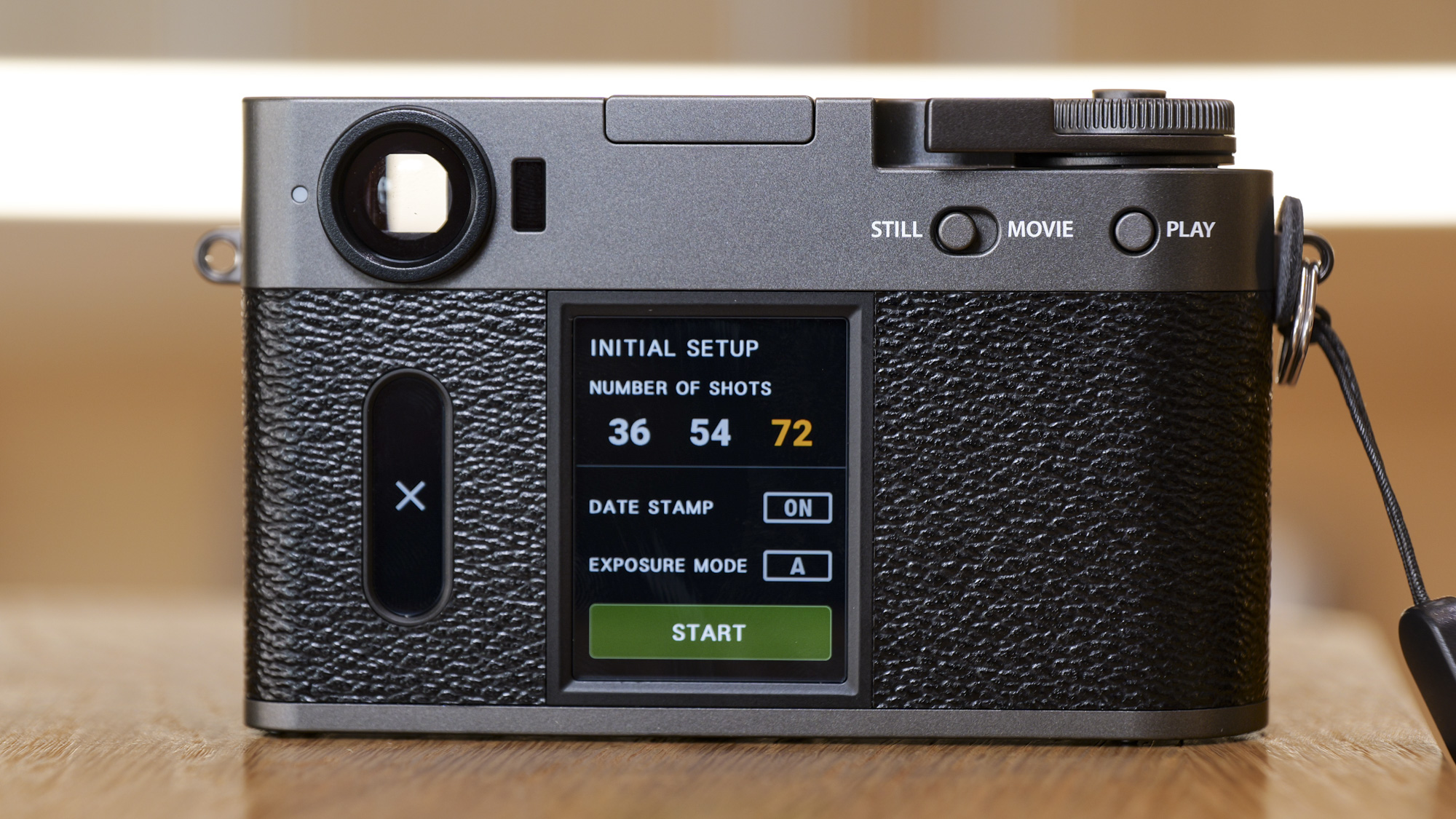
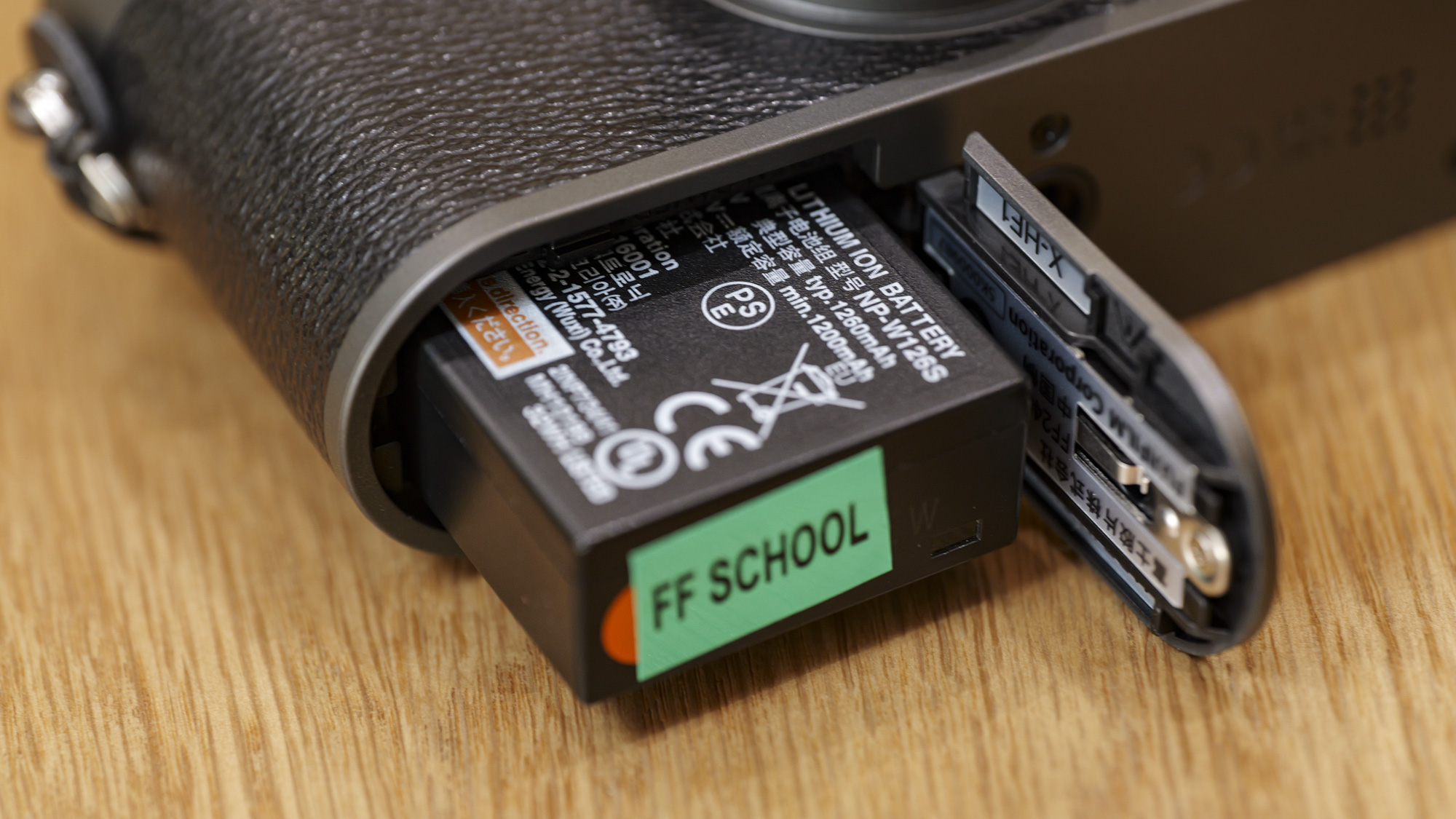
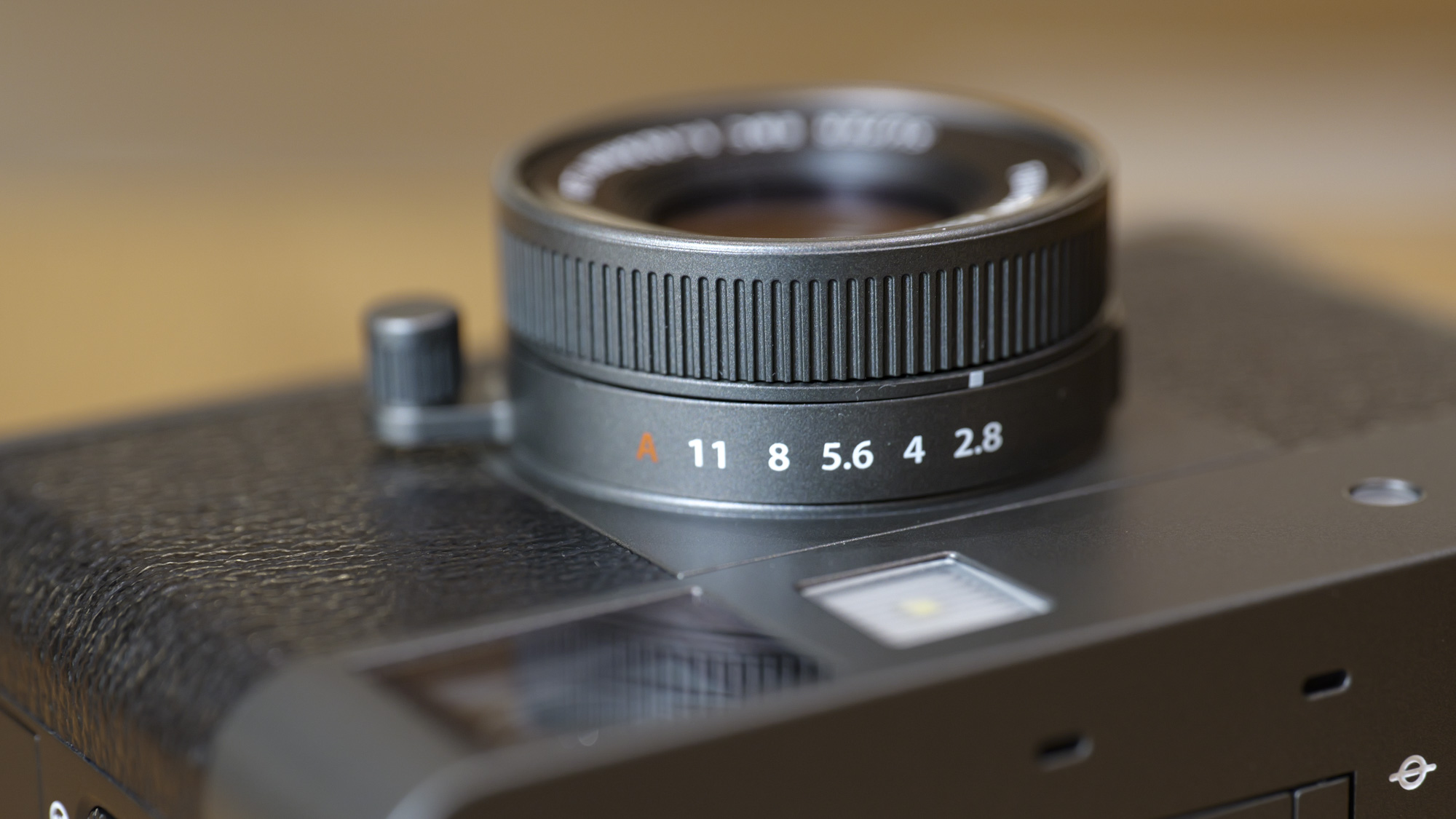
With a picture effect active or when in another menu, that second LCD displays the picture effects or camera settings instead of Film Simulations, effectively making it a secondary navigation tool.
Another menu on the main LCD accesses a new Film Roll mode, which is a fabulous concept. Select your 'film roll' – if you're not already familiar with them, Fujifilm Film Simulation color modes mimic the look of actual Fujifilm film stock – and the number of shots you'd like in the film, and start shooting.
Once the Film Roll mode is active, the display is inactive, so your only compositional tool is the optical viewfinder. Given the lens is moderately wide, you can point in the direction of your subject without relying on the viewfinder for composition.
In the Film Roll mode, you're also locked into the selected Film Simulation and settings such as ISO. And with no raw format available, once you've picked your look, you've made your bed. It's such a fun idea which pays homage to film photography.
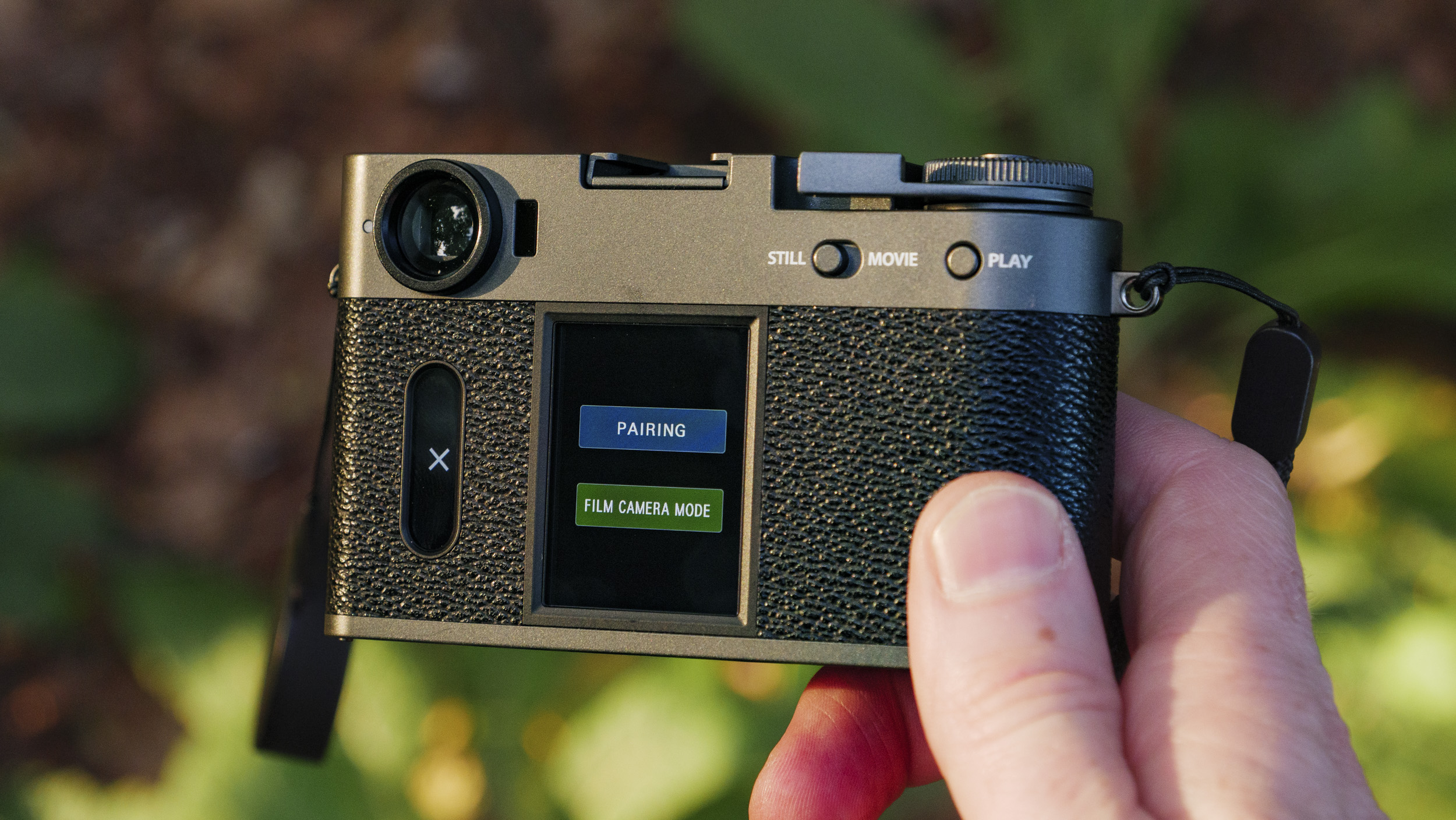
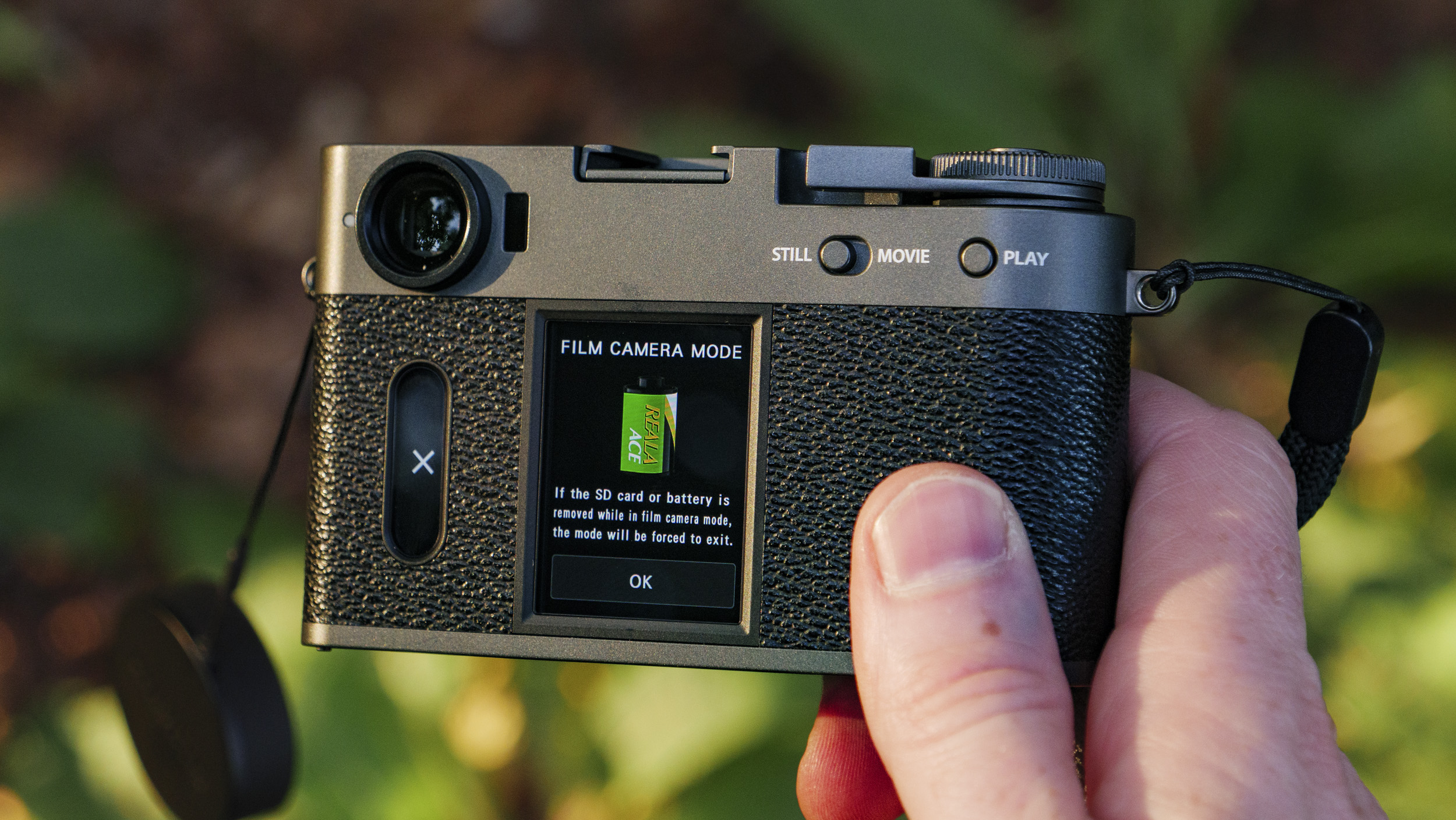
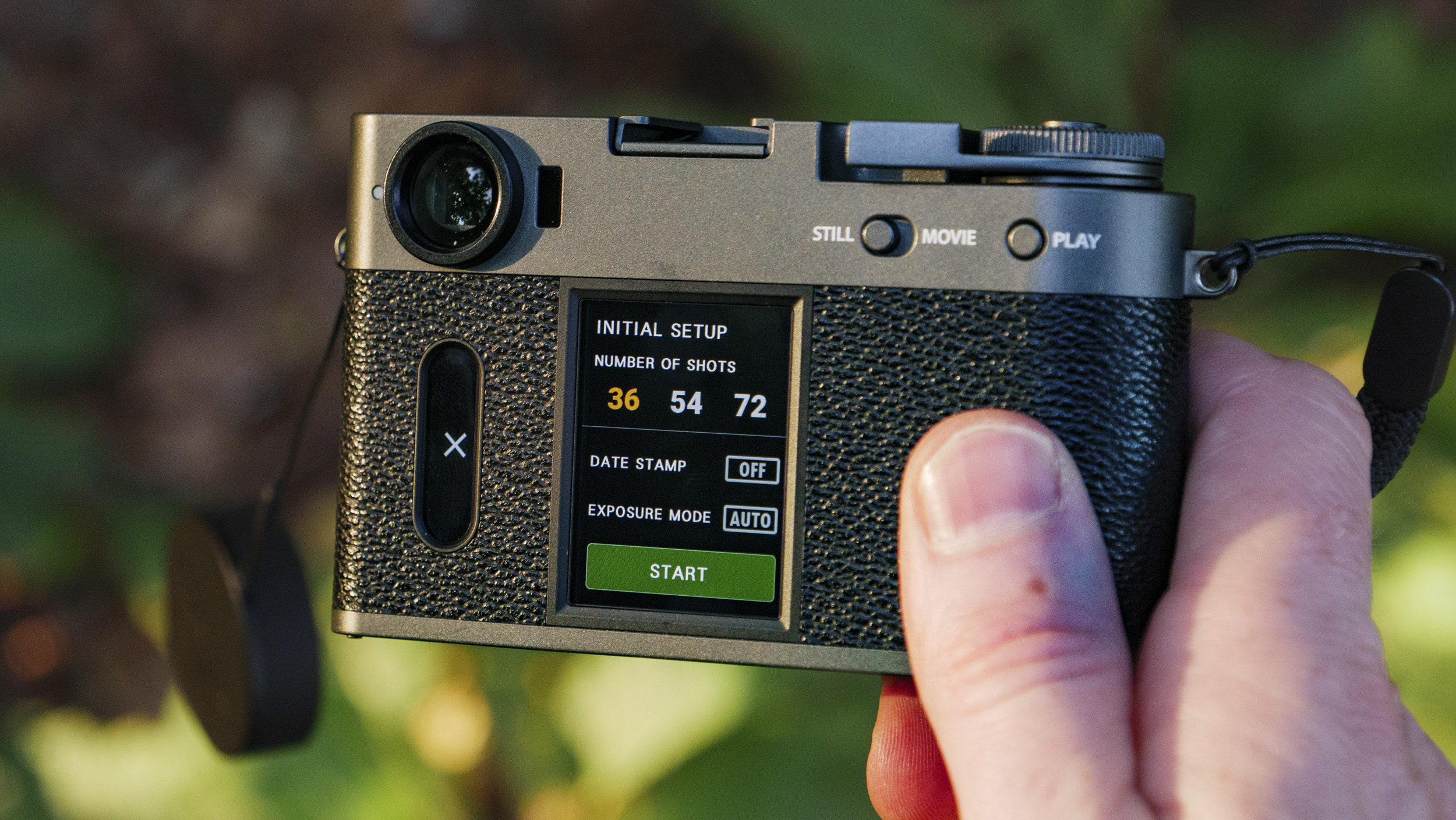
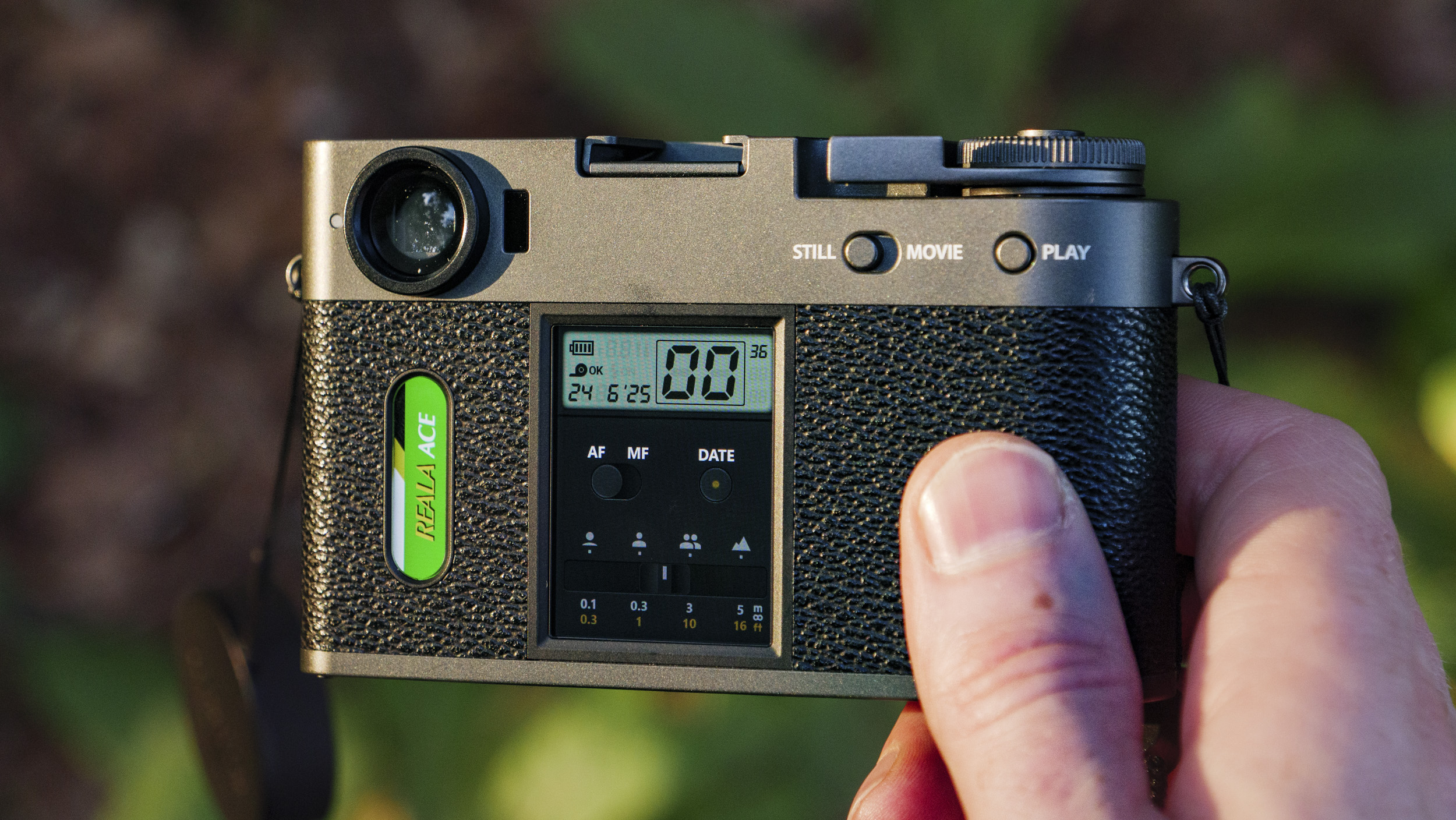
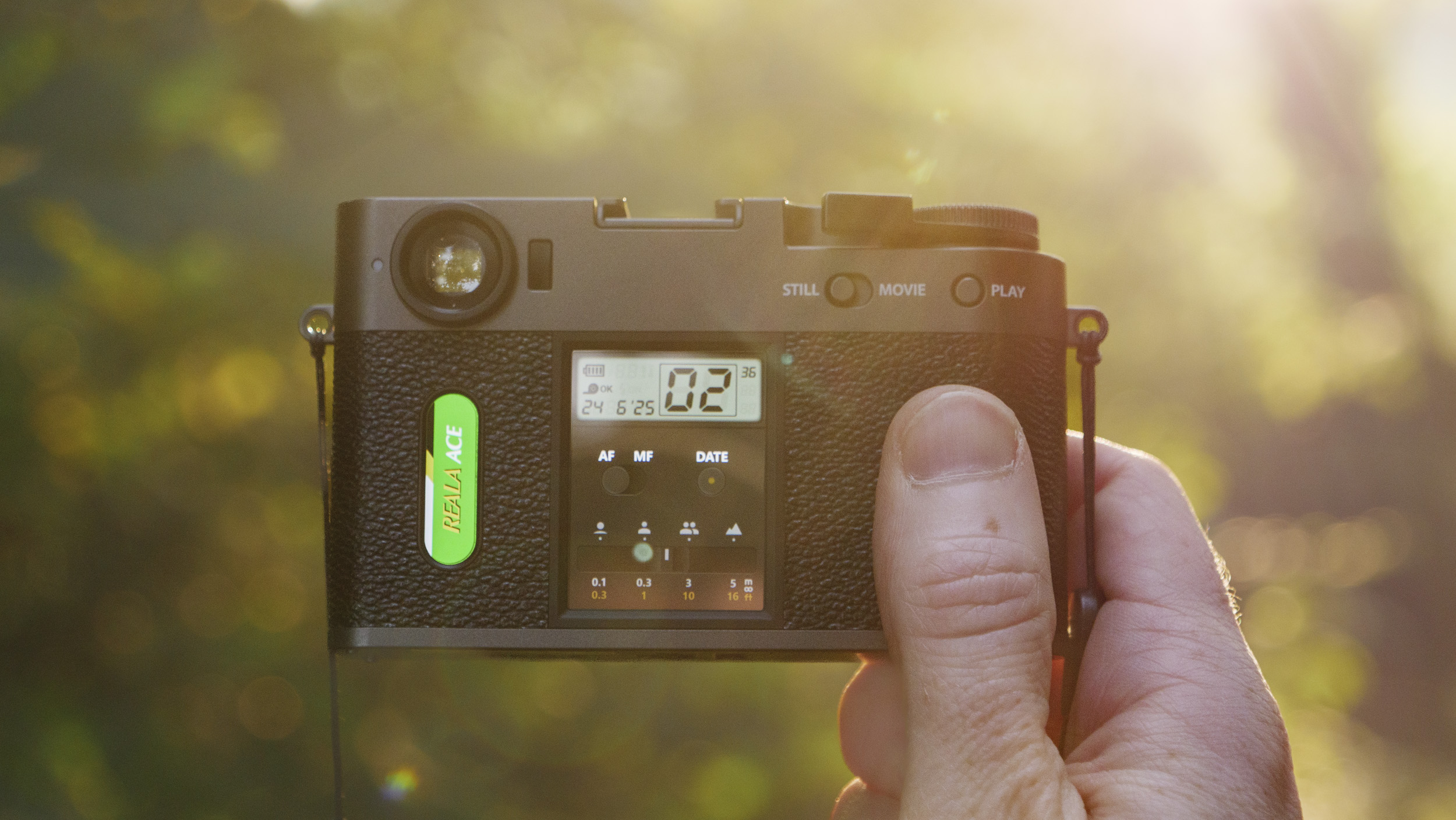
- Design score: 4/5
Fujifilm X half: Performance
- 18MP JPEG-only vertical photos, Full HD vertical video
- 13 Film Simulations and new picture effects
- Face-detection autofocus
If you take photography seriously, a word of advice – don't write the Fujifilm X half off on the basis of its image-making qualities, which on the face of it are pretty basic.
For one, JPEG-only photos and no raw? That's a bold move by Fujifilm, but I get it. After all, the X half is supposed to be like a film camera, and since when could you work from uncompressed raw data to make drastic color and exposure adjustments to film? Locking in the look at the point of capture is in the spirit of film.
The X half's video-making skills are also fairly stripped back, maxing out at Full HD resolution, but once again I don't mind that.
Those vertical photos and videos are recorded using a vertical 1-inch sensor. It's a 20MP 2:3 aspect sensor, but output is 3:4, which means the maximum photo resolution is 18MP.
Just taking the 3:4 portion of the 2:3 sensor also means the lens, which would be a 28mm-equivalent focal length, is actually more like 32mm – that's a suitable perspective for everyday photography.
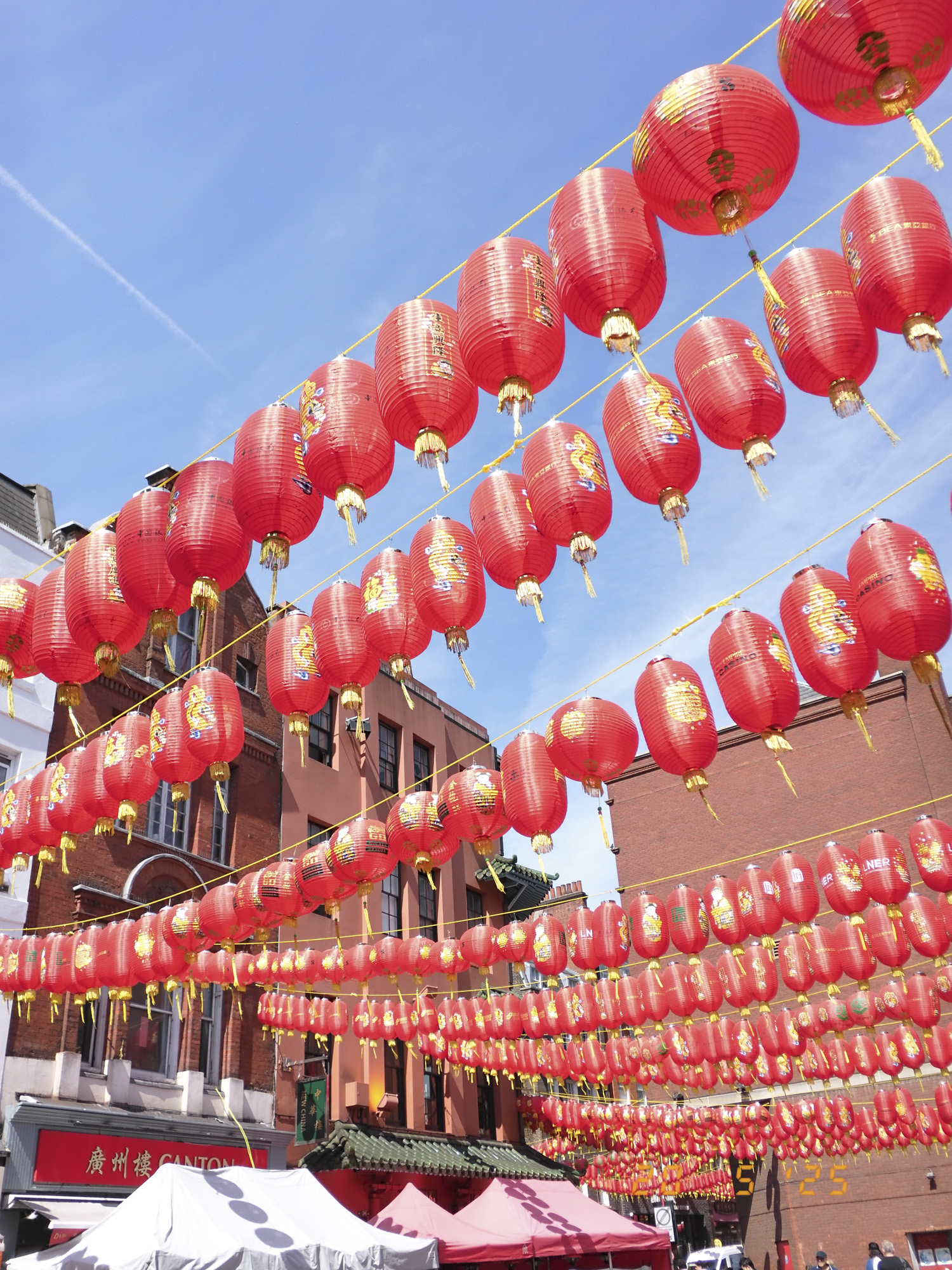
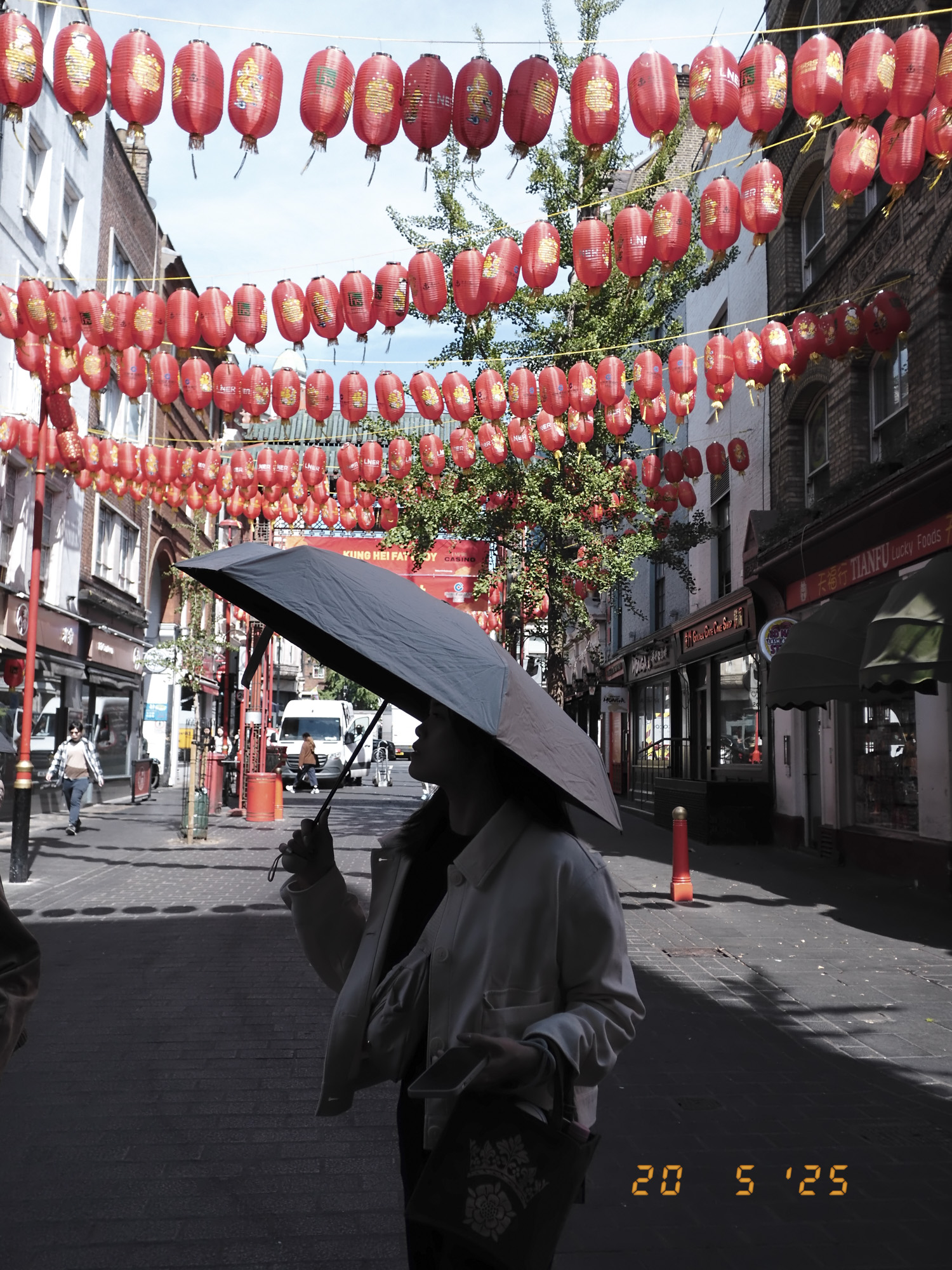
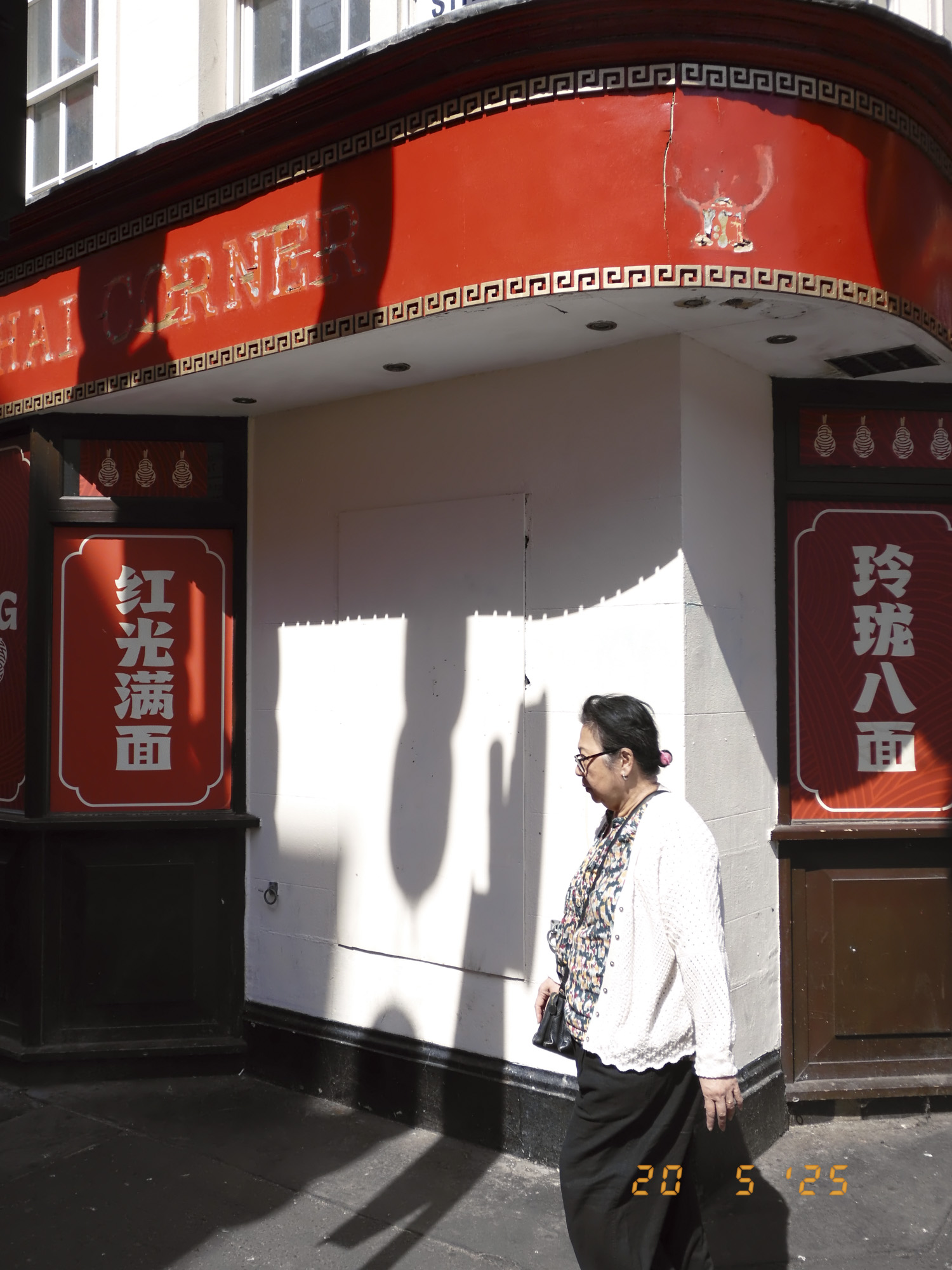
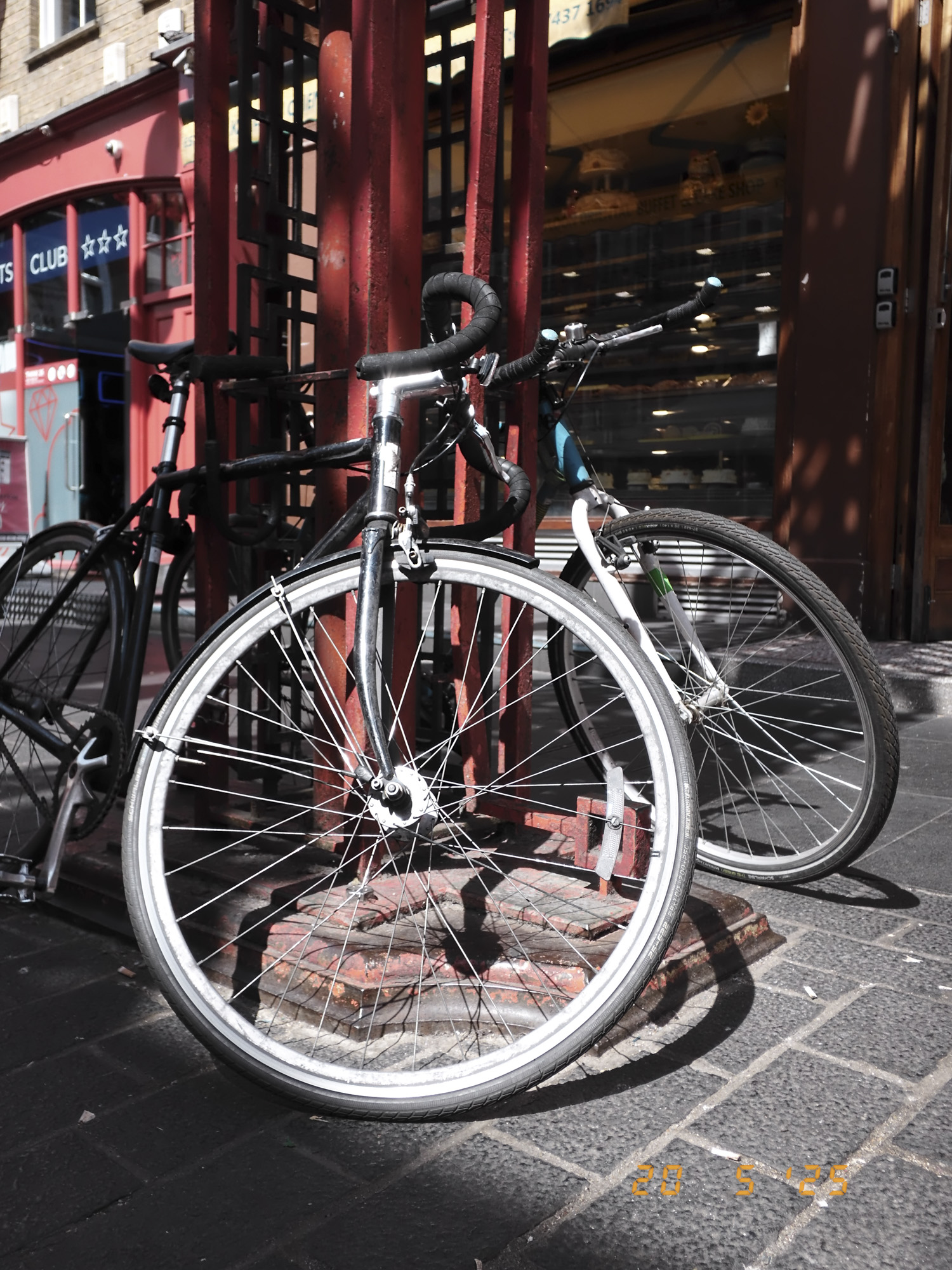
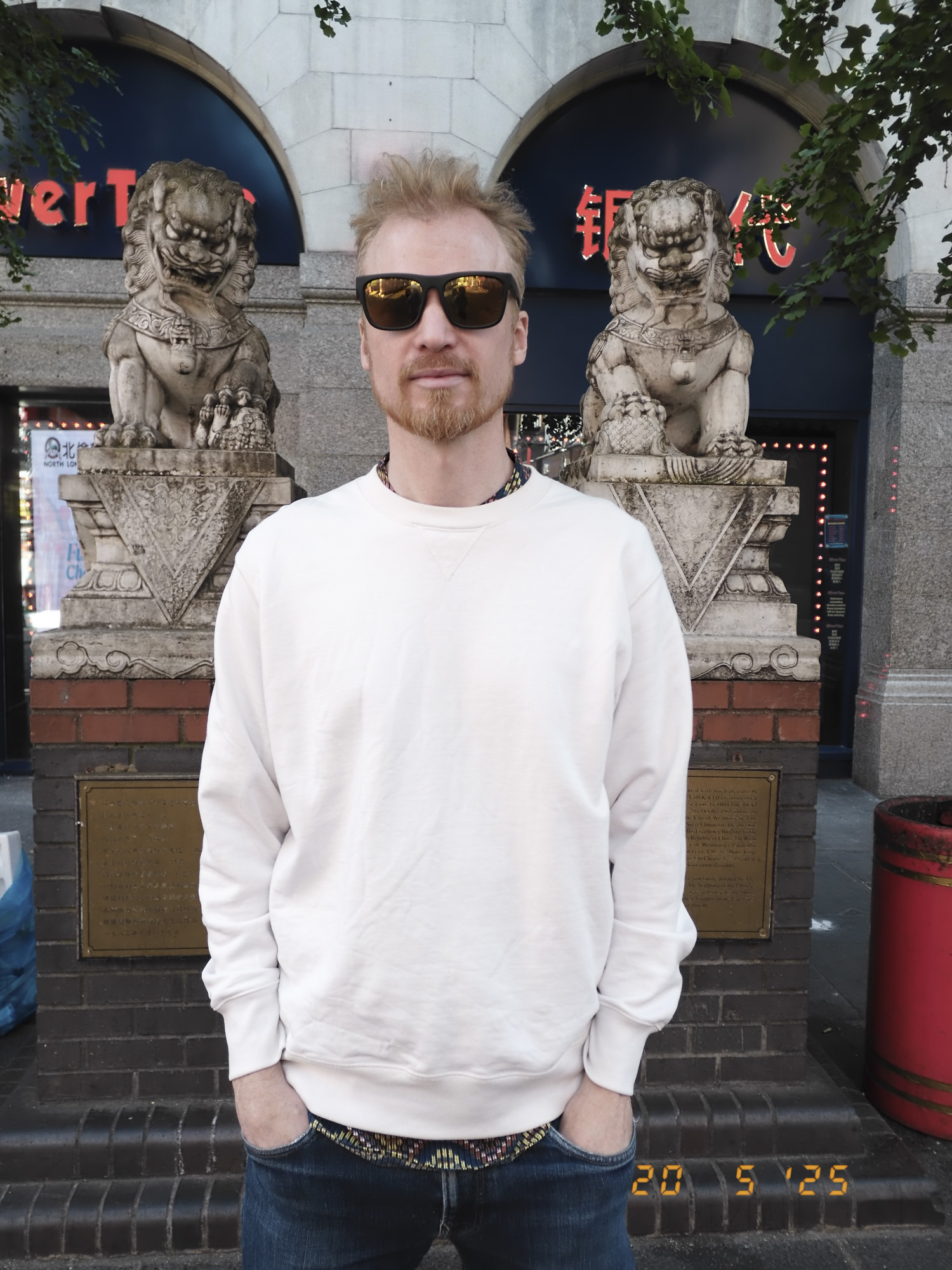

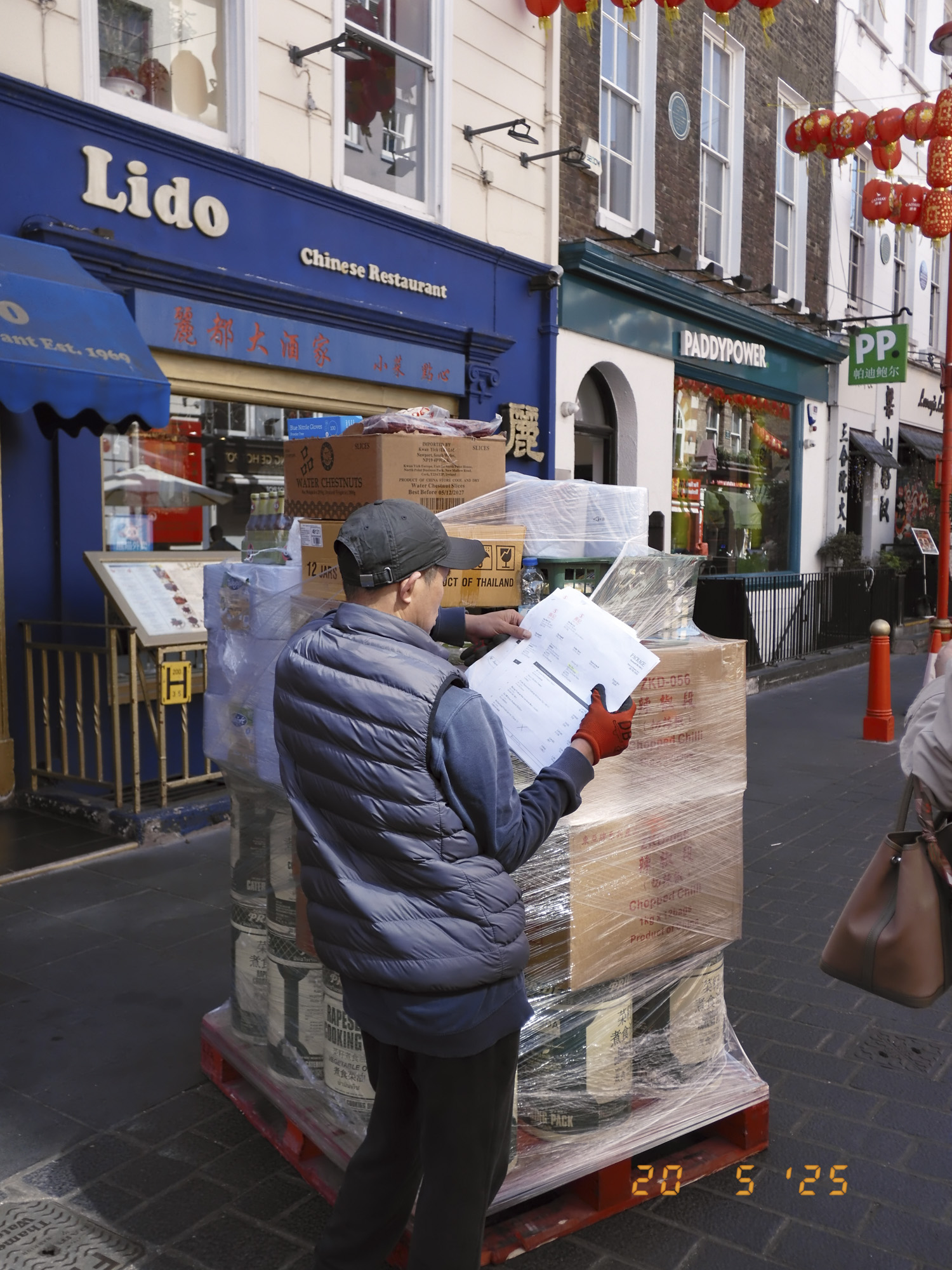
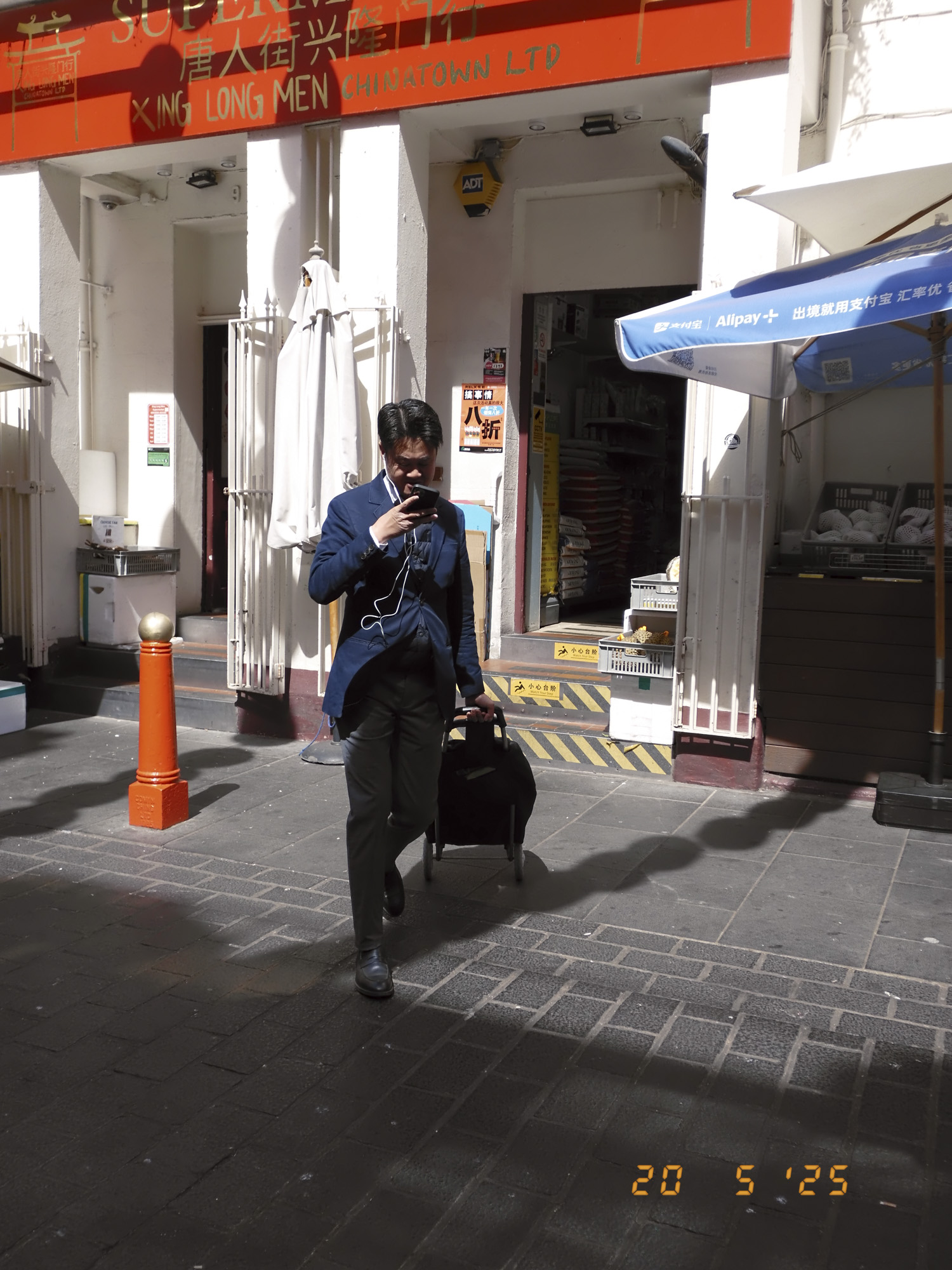
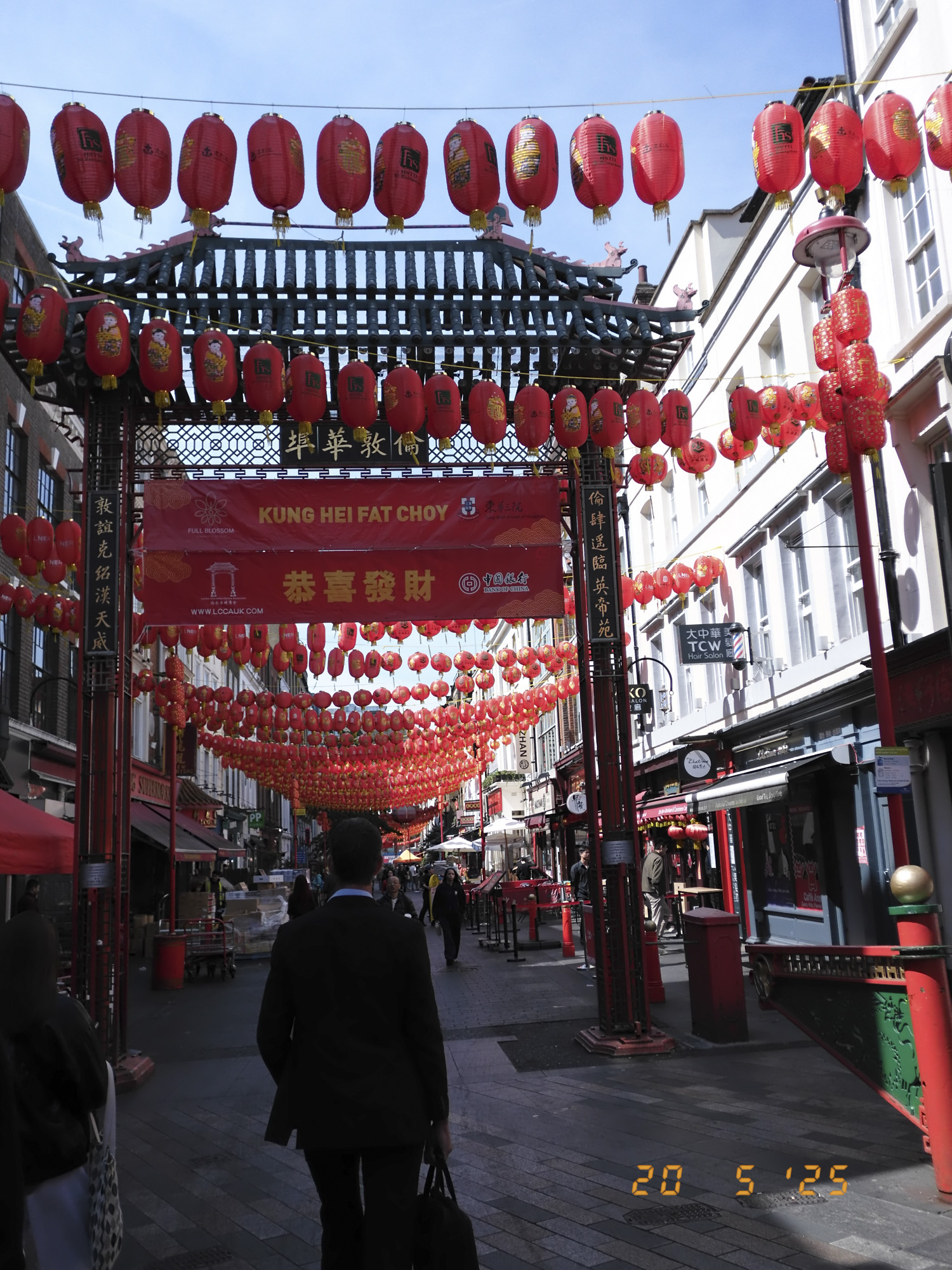
For close-ups, that 1-inch sensor and maximum f/2.8 aperture lens can capture nice blurry backgrounds, especially when you're pushing nearer the minimum 0.1m focus distance.
Fujifilm's Film Simulations number 20 in all, but the X half includes a stripped-back selection of 13 of the supposedly most popular looks.
It also gets some new picture effects, so in addition to the gimmicky mirror and toy-camera effects you have aptly analog-inspired options like light leak.
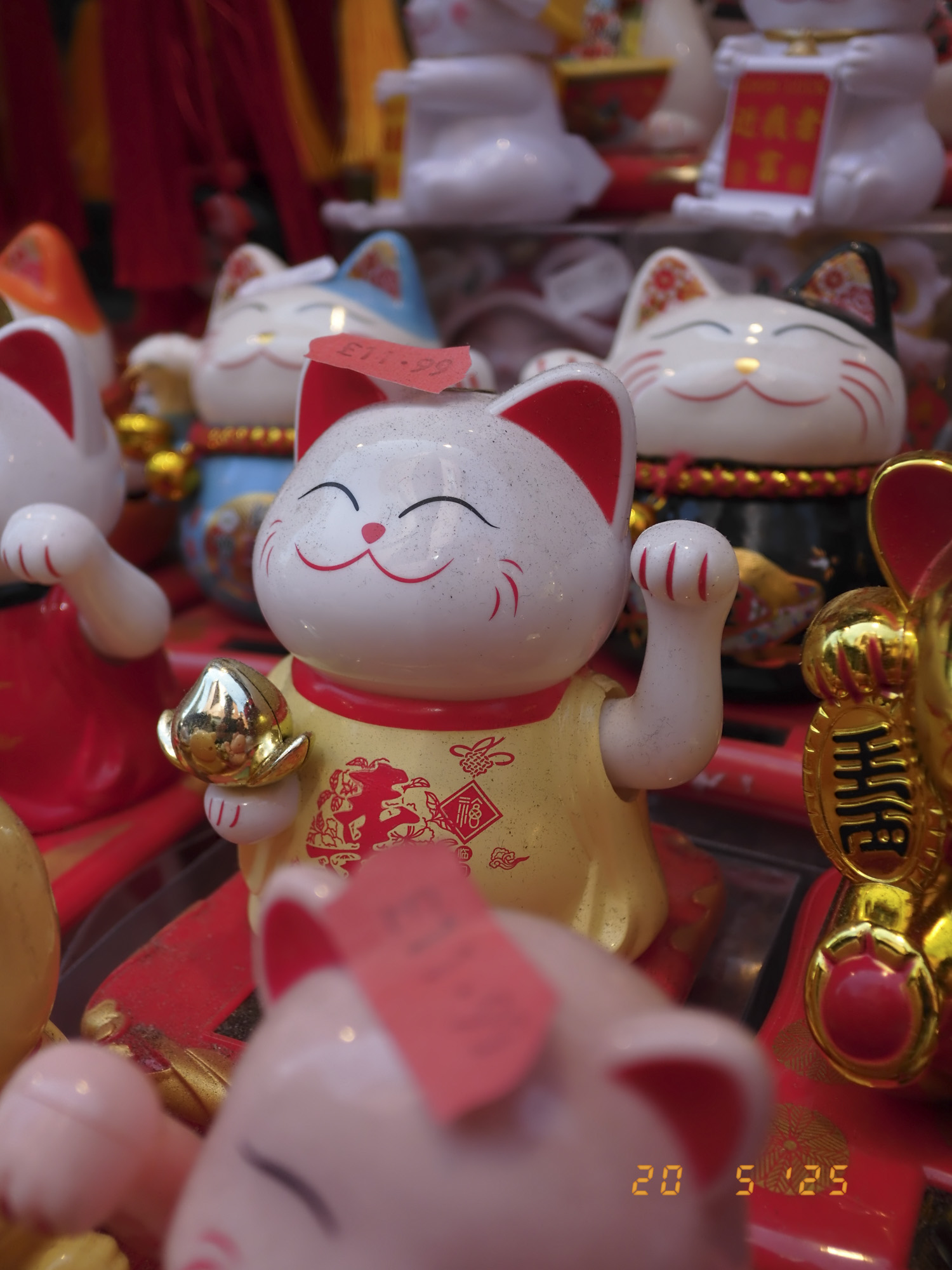
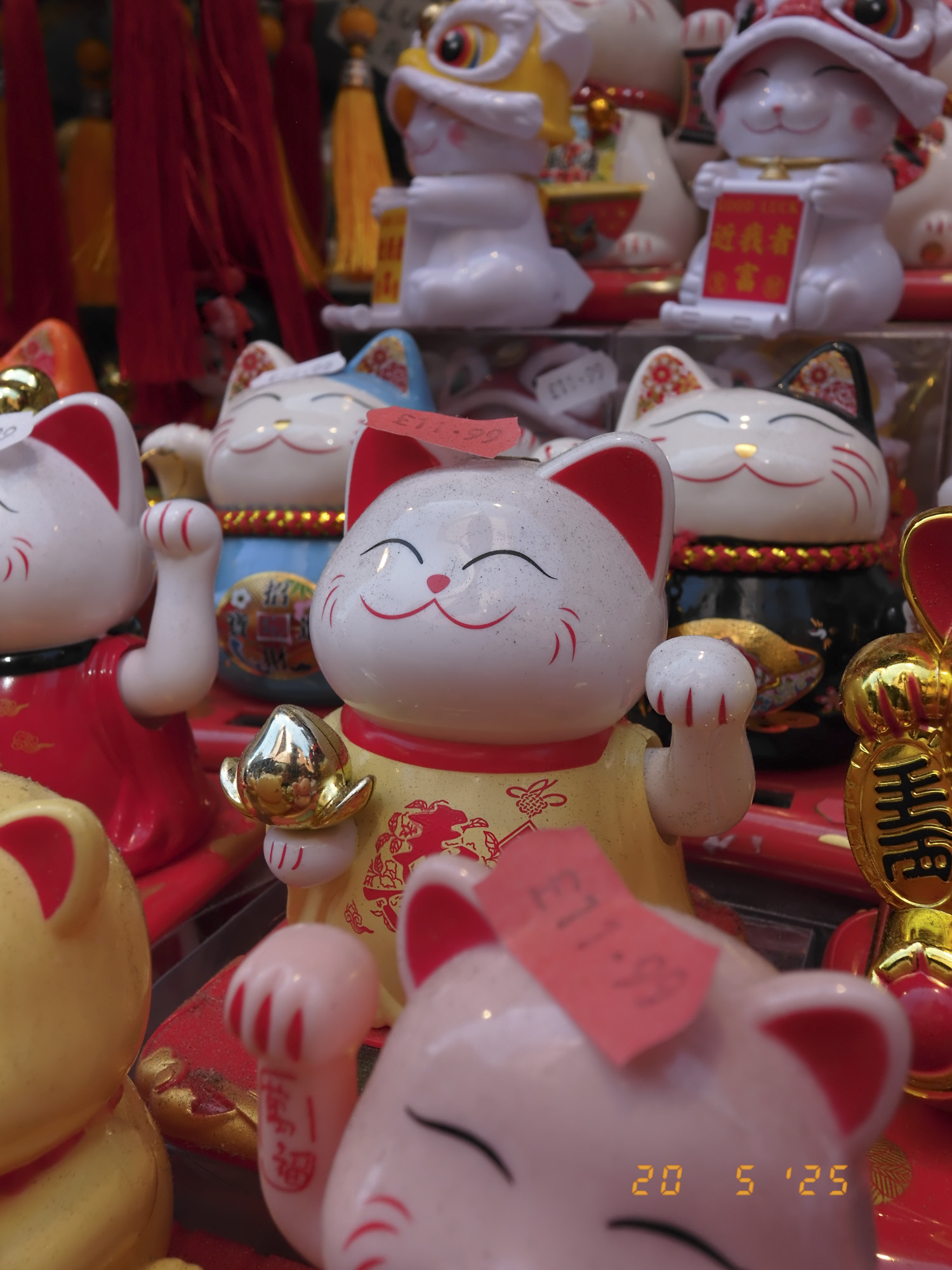
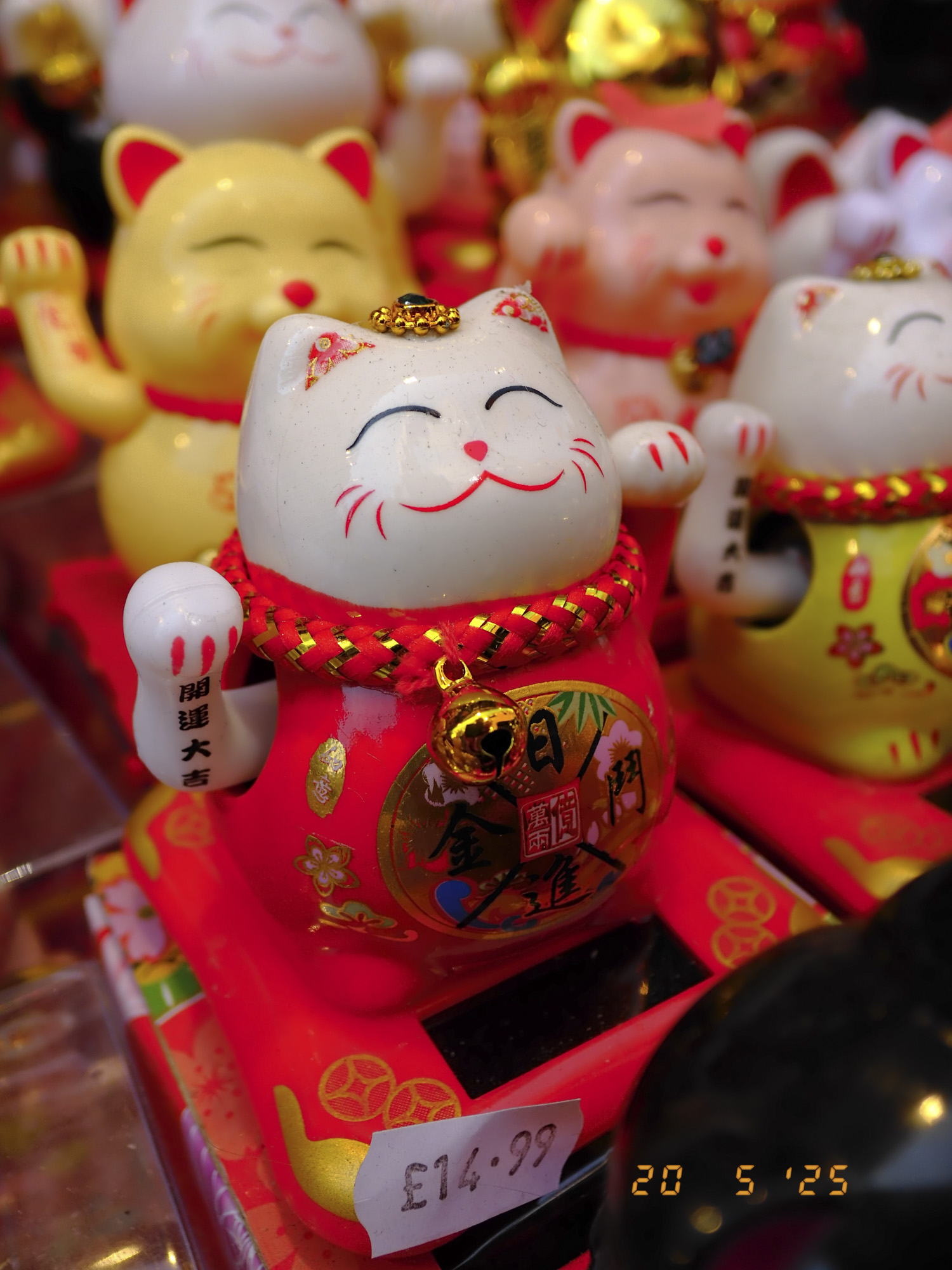
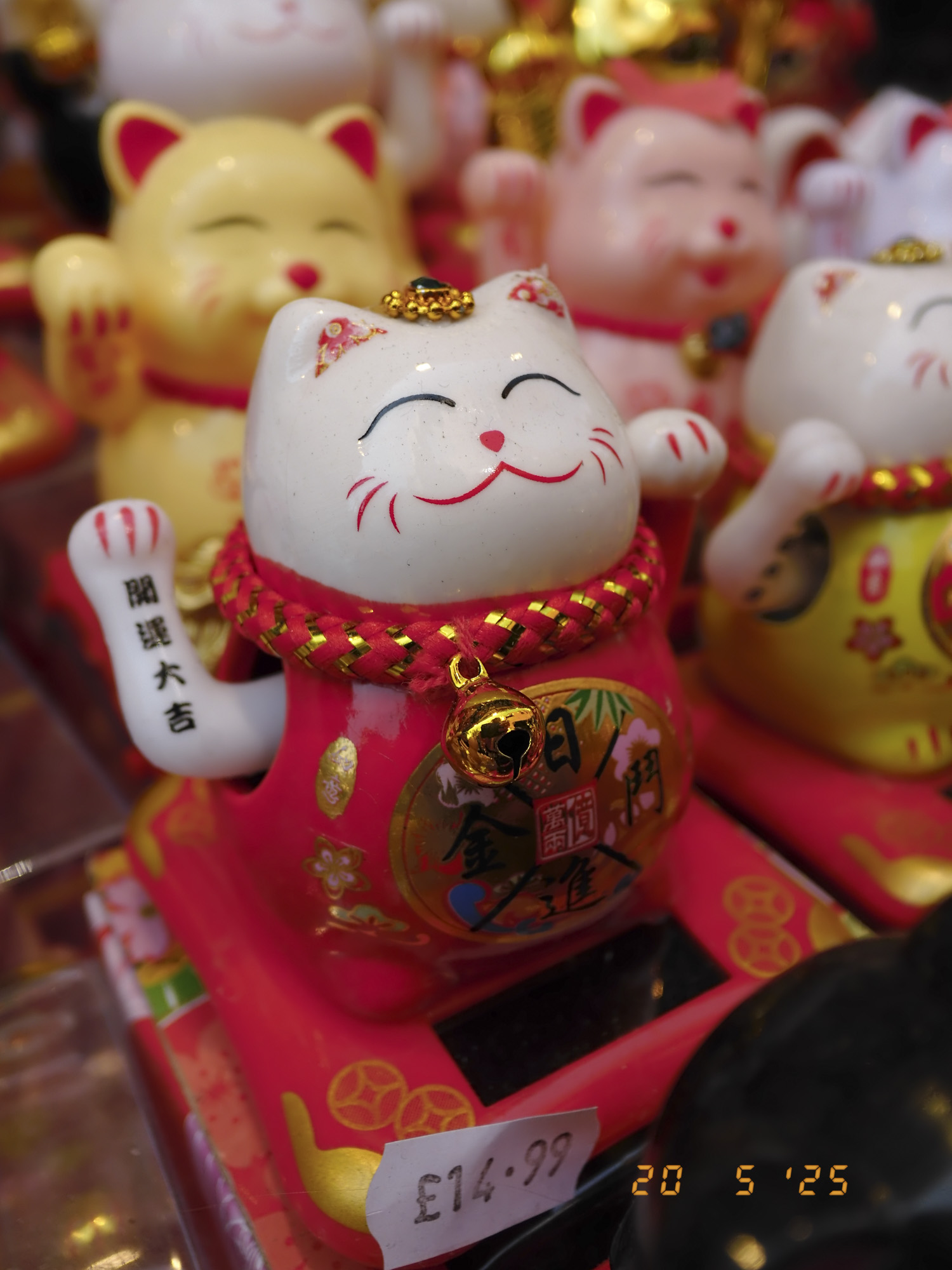
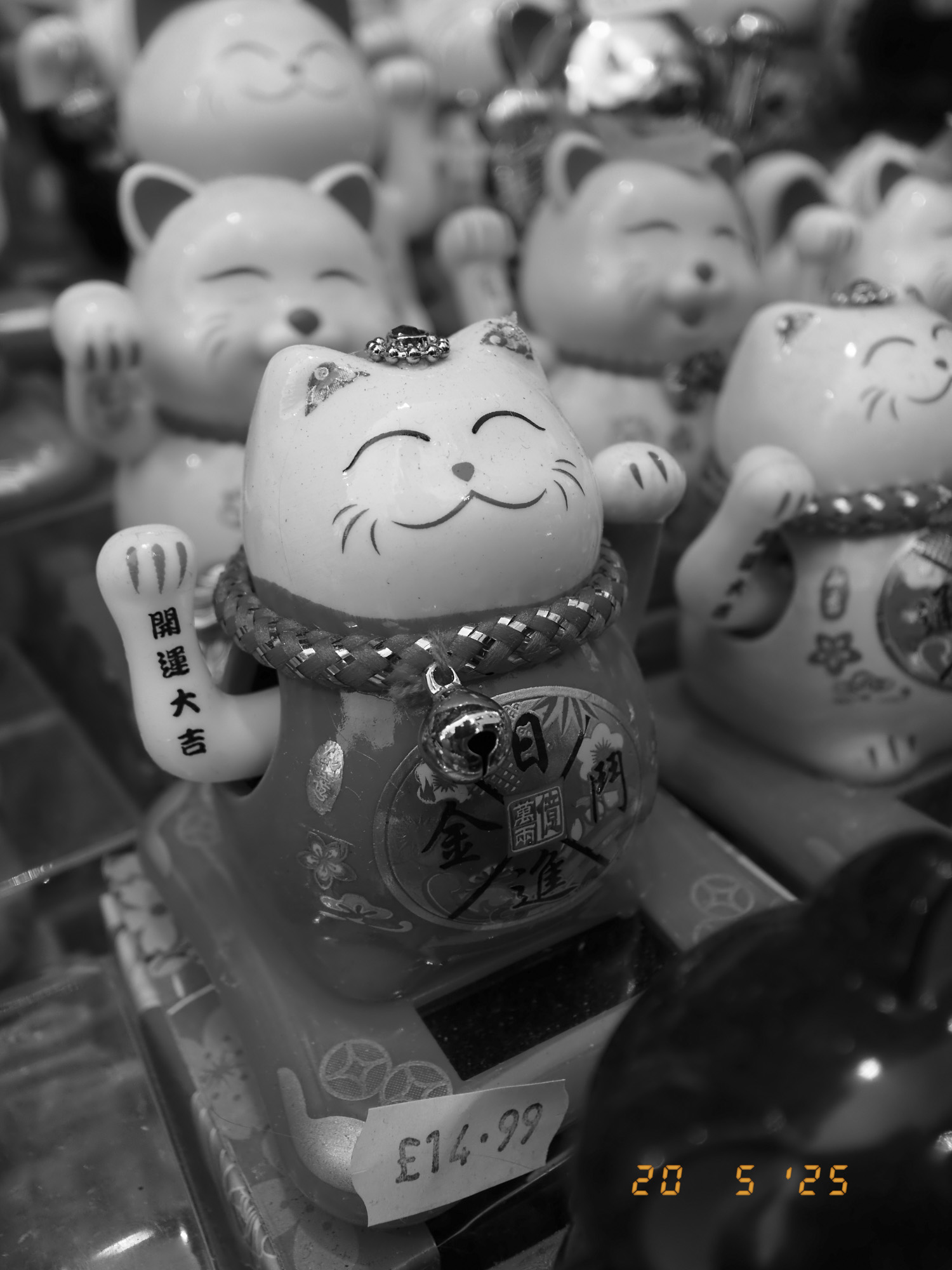
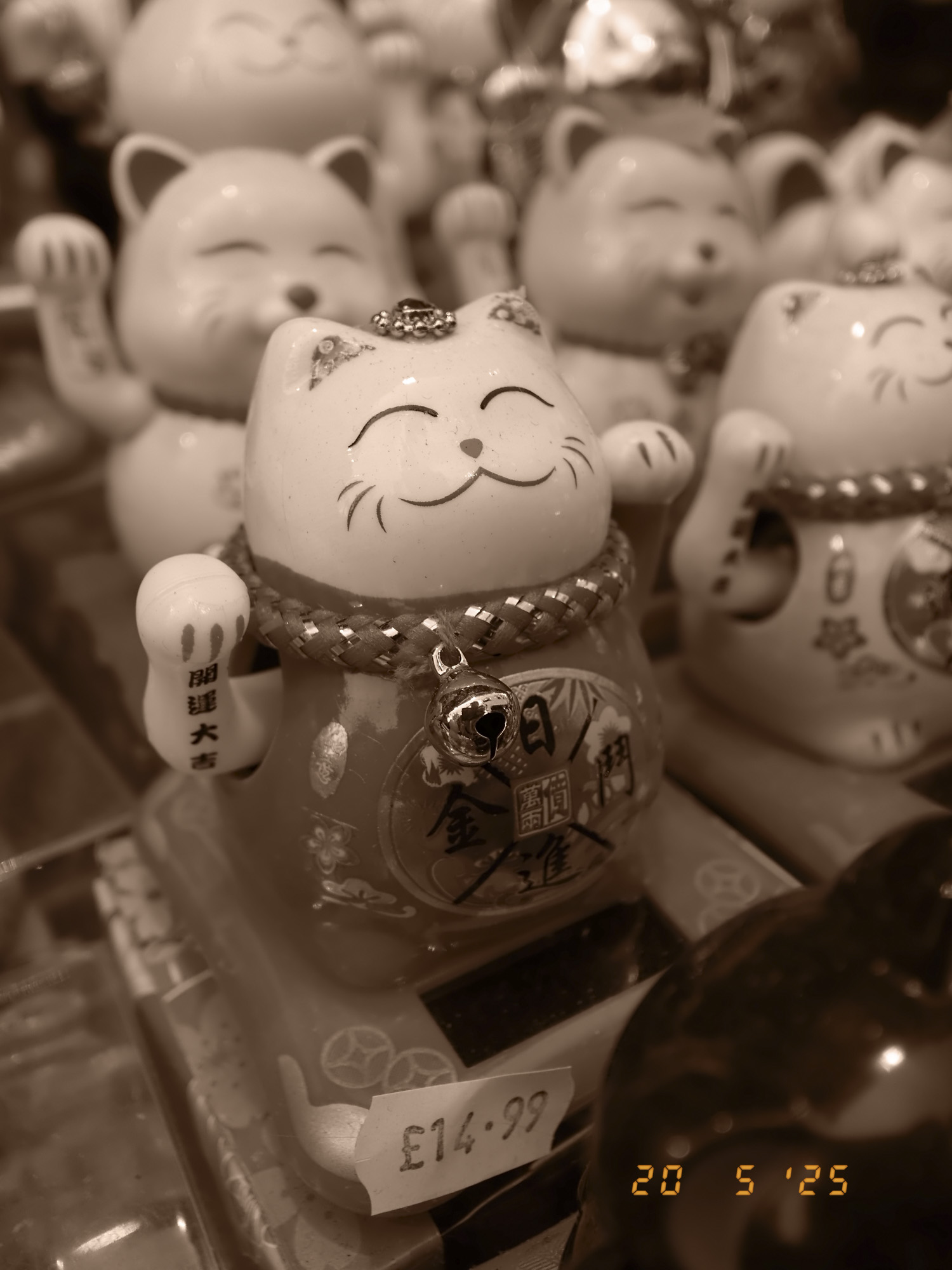
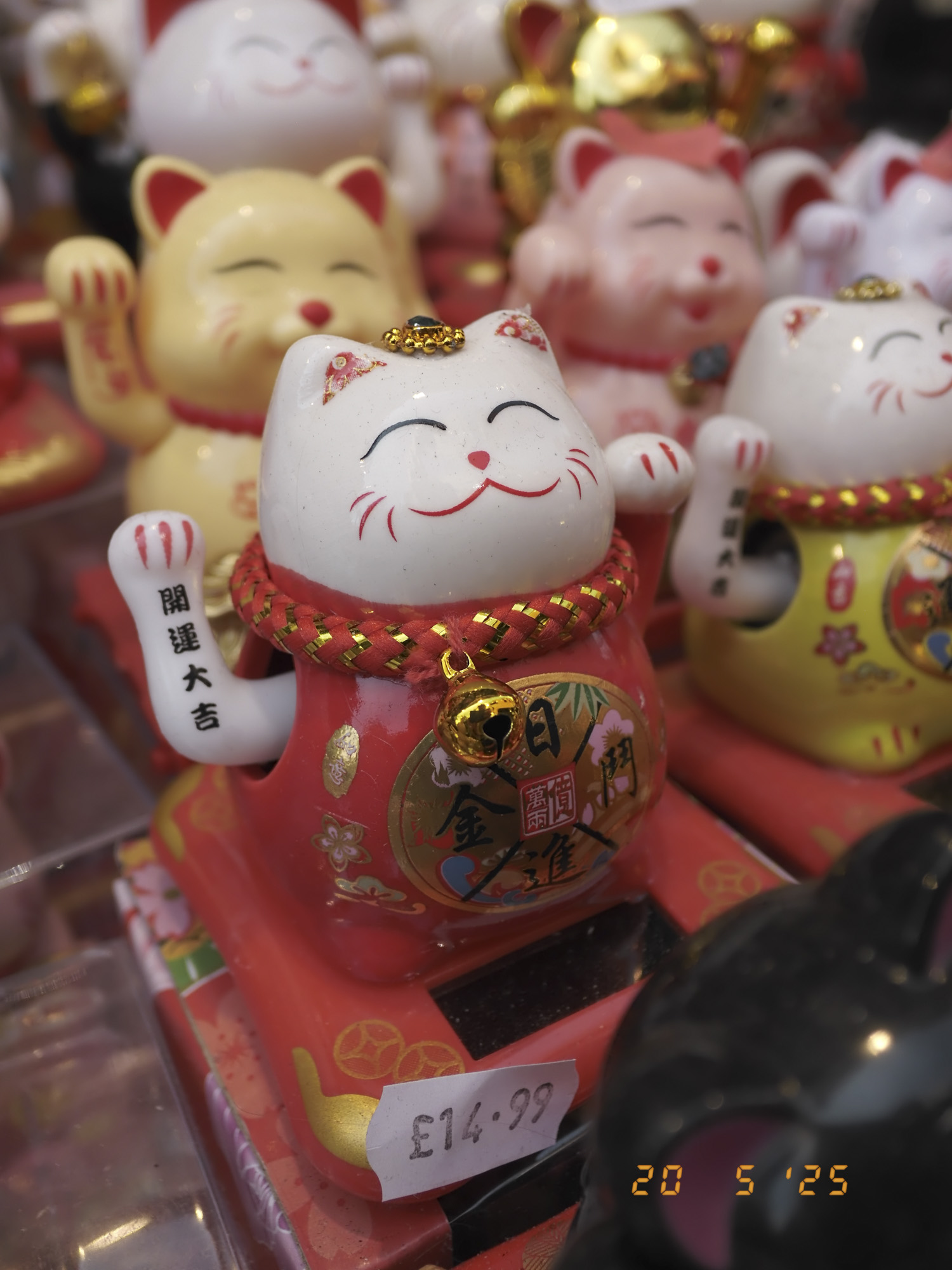
Fujifilm's tagline in the X half marketing is, 'Half the size, twice the story'. This refers to the half-frame format of the pictures and the diptych-making feature for photos and videos.
The diptych feature is activated using the 'film-wind' lever, and composites two 3:4 images side by side, just as a half-frame film camera does onto a roll of 35mm film (it works for video, too).
However, they're not strictly half-sized; the resolution of each photo is preserved, meaning a diptych composite is doubled in width, from the 3648 x 4864 pixels of each photo to a 7296 x 4864 pixel composite with a 3:2 aspect – that's the same aspect as a frame of 35mm film.
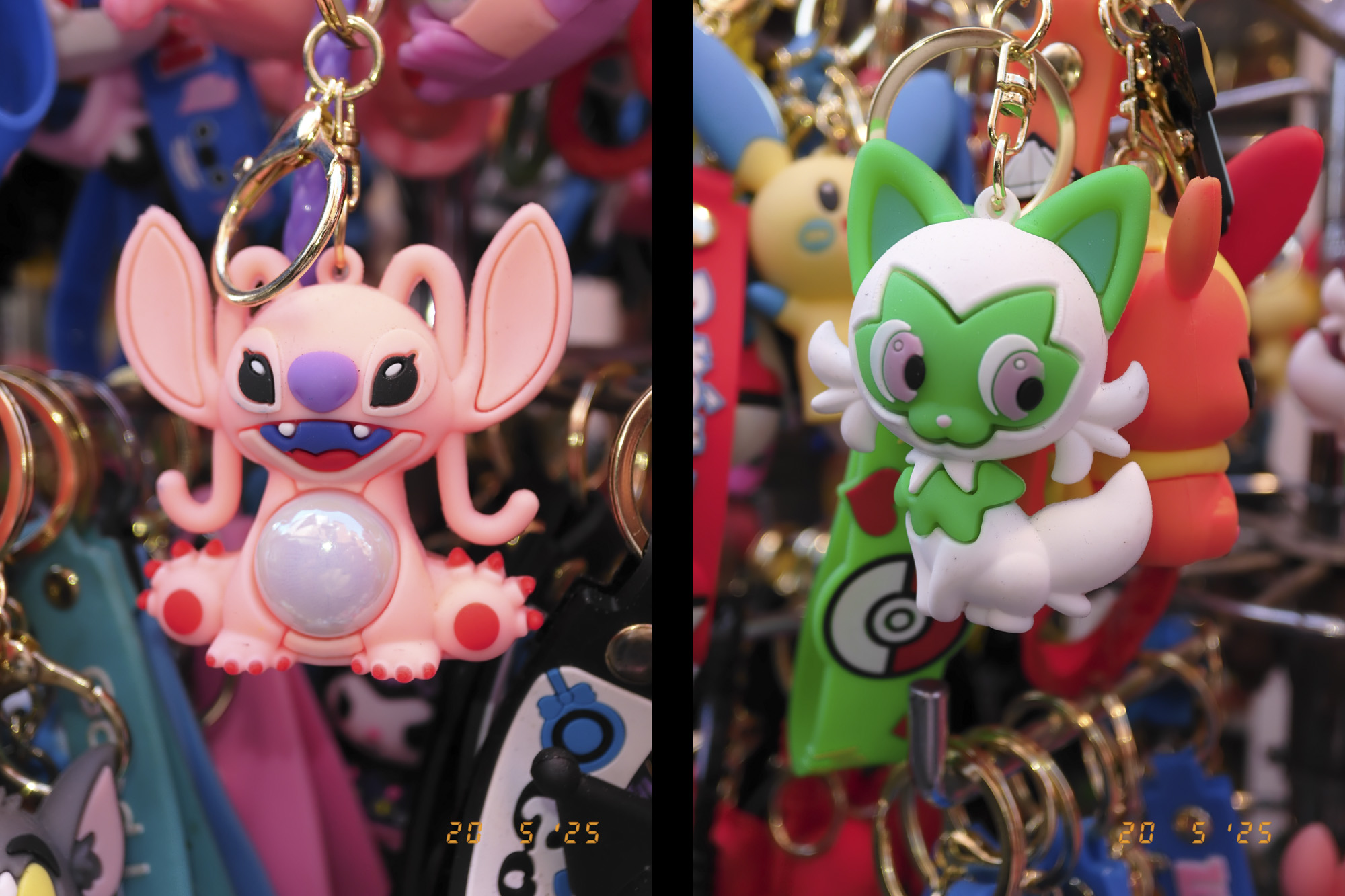
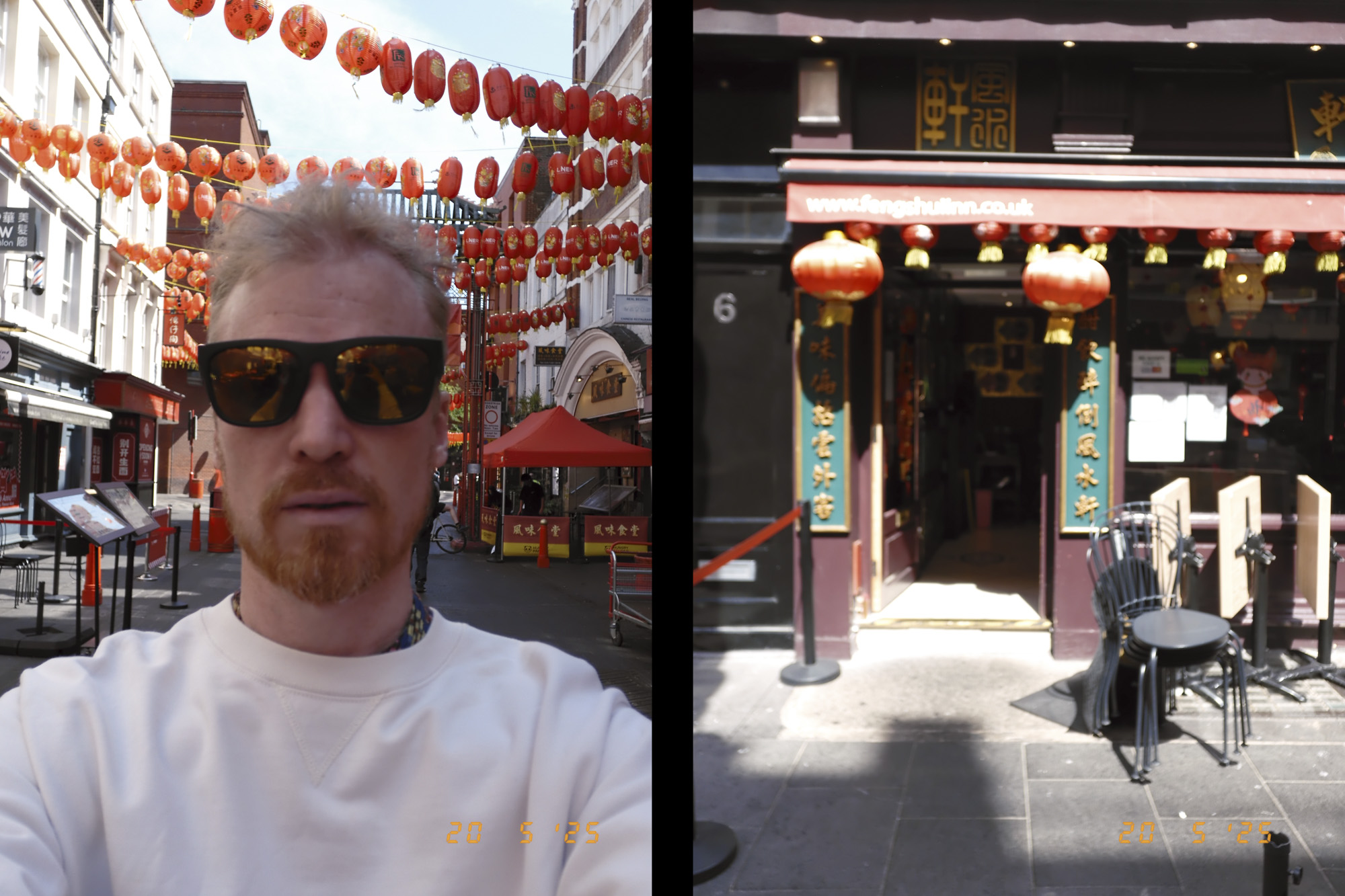
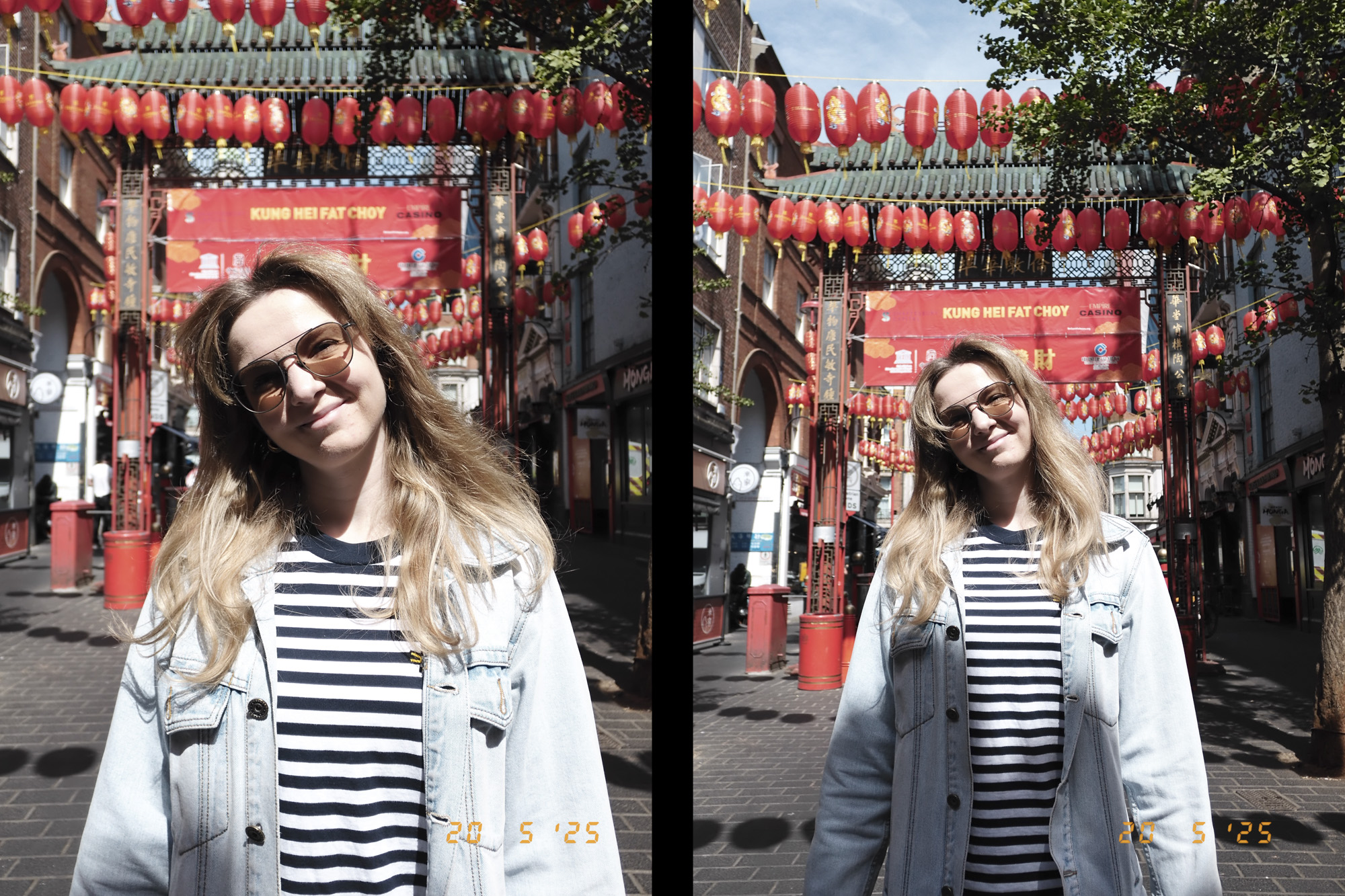
There's a modest selection of autofocus modes. As far as I could tell, focus is locked to the central portion of the frame; however, there's face-detection autofocus too, which is active anywhere in the frame.
I must also touch on the Film Roll mode which is guaranteed to charm photographers with a soft spot for analog photography. You select the film simulation you want and the number of frames in the film roll; 36, 54 or 72.
Once the roll starts, you're locked into the film simulation – just as if you were using a roll of film – and the rear display switches from live view to a frame count instead.
After each shot, you 'crank' the lever on the rear to move onto the next frame – the camera won't take the next shot until you do this. Like liveview, image playback isn't available mid-roll.
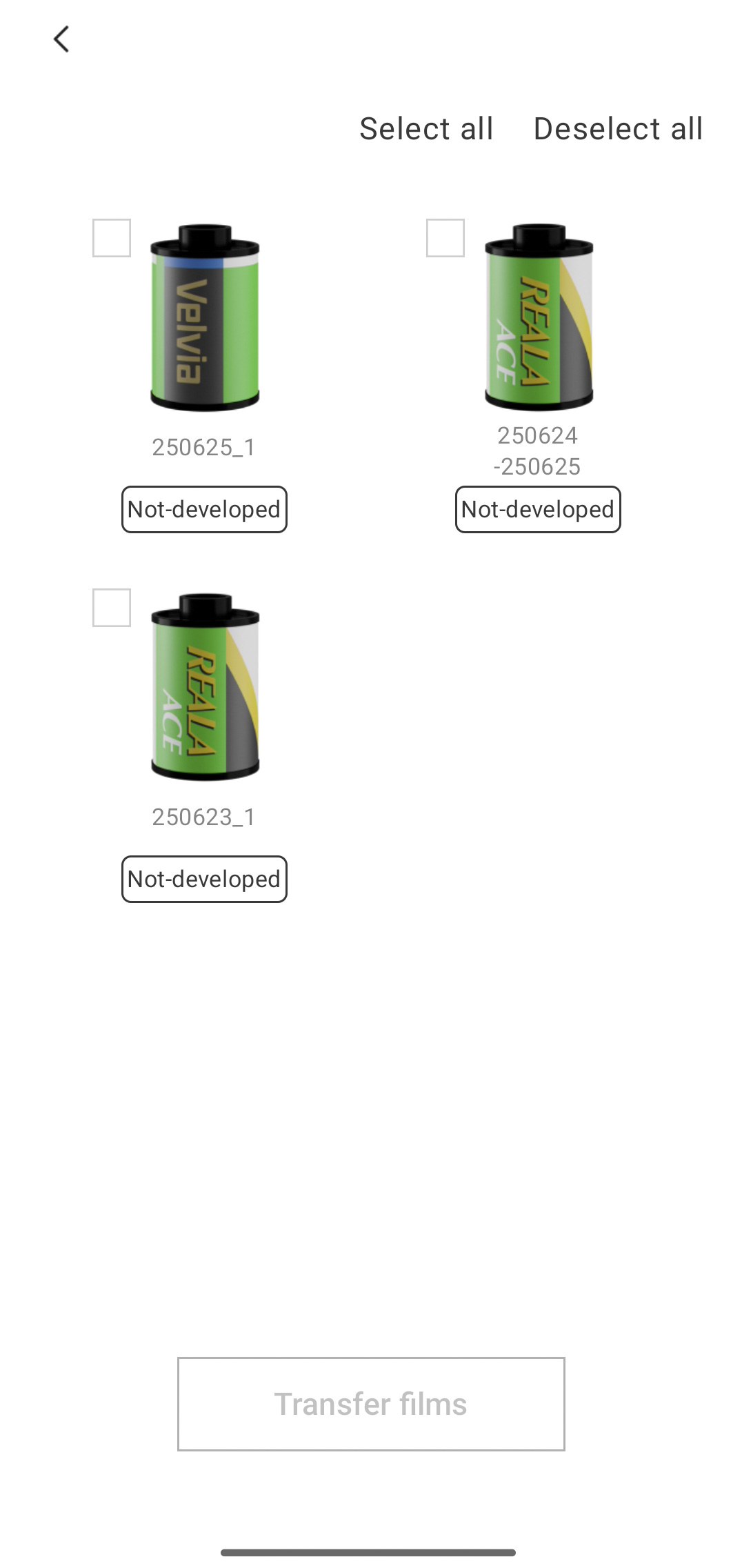
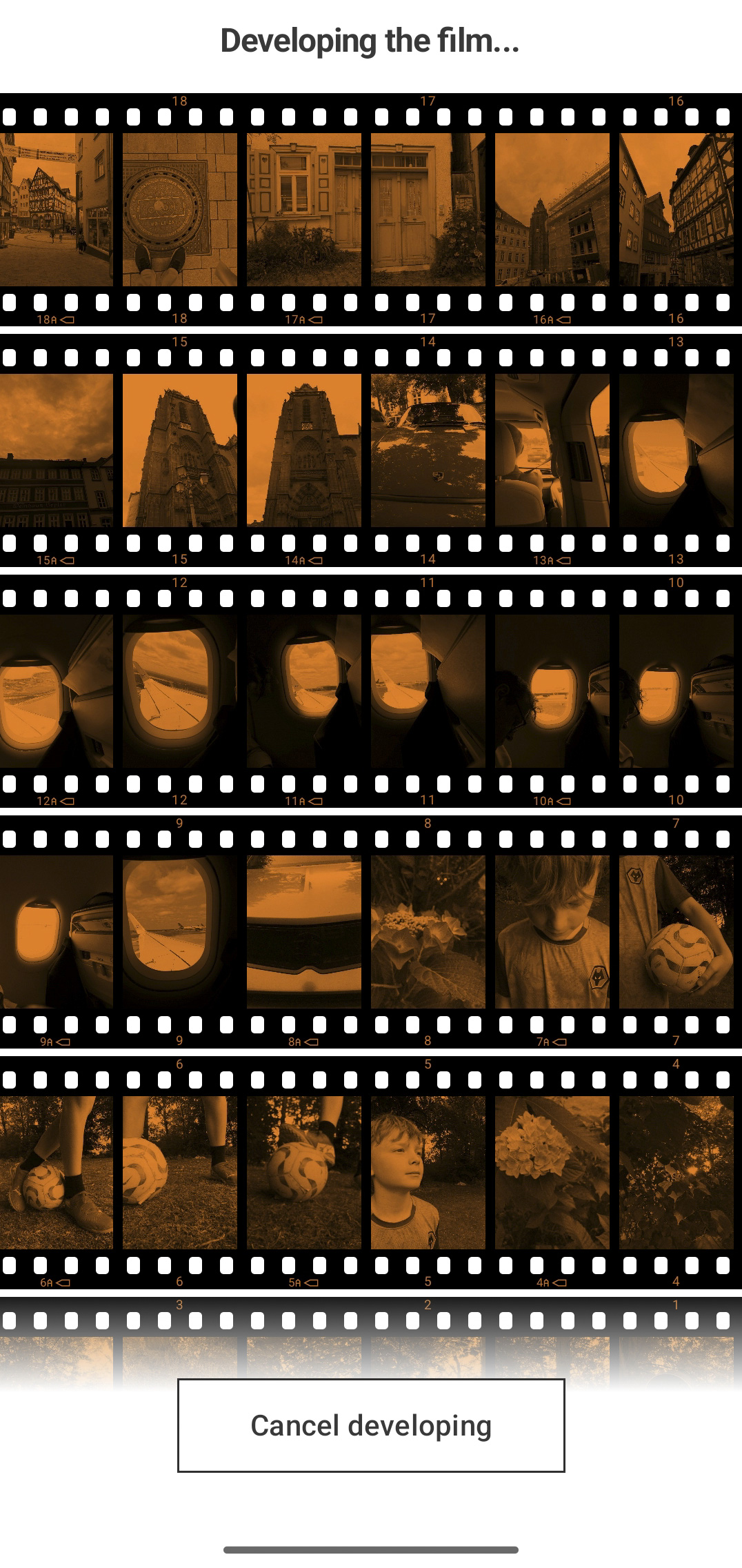
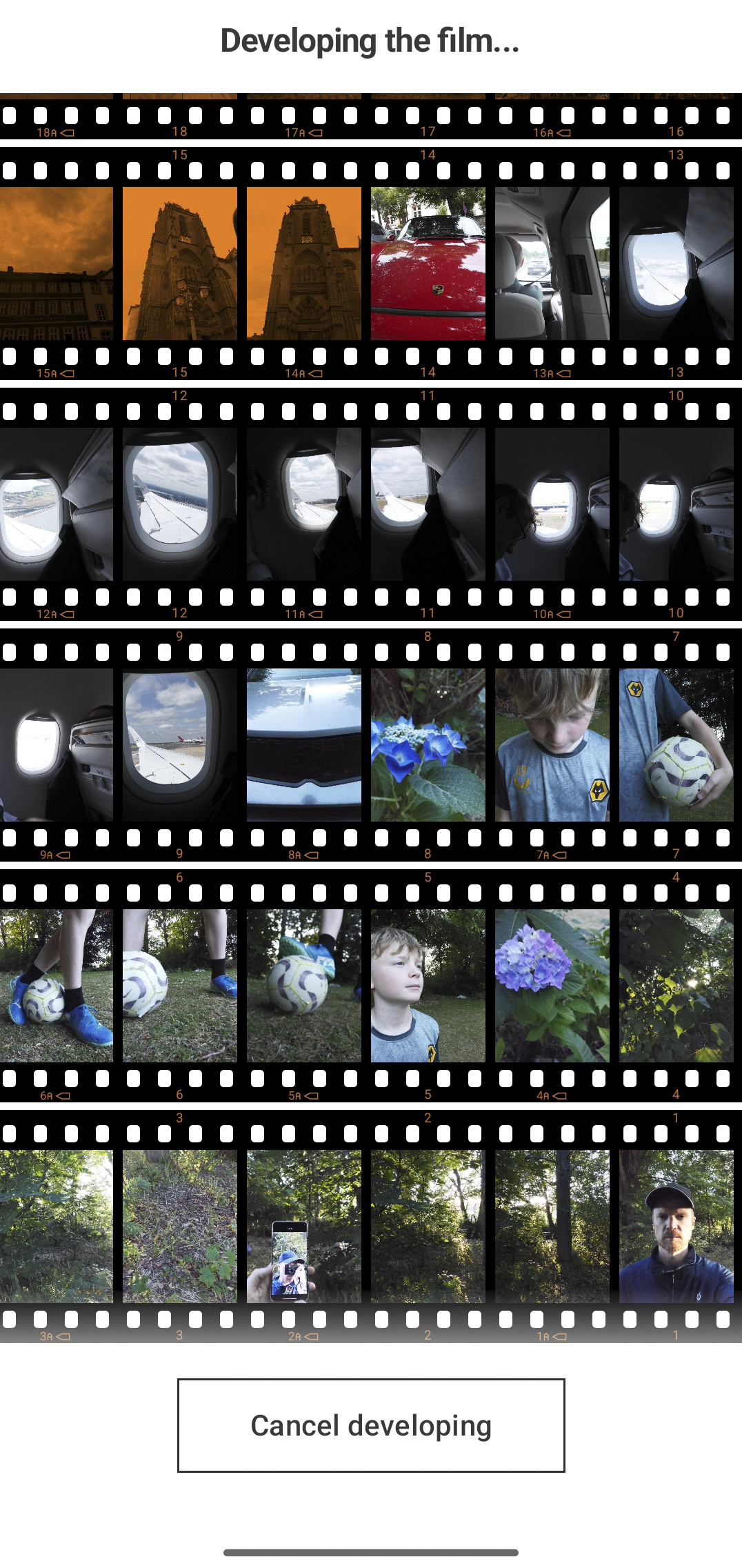
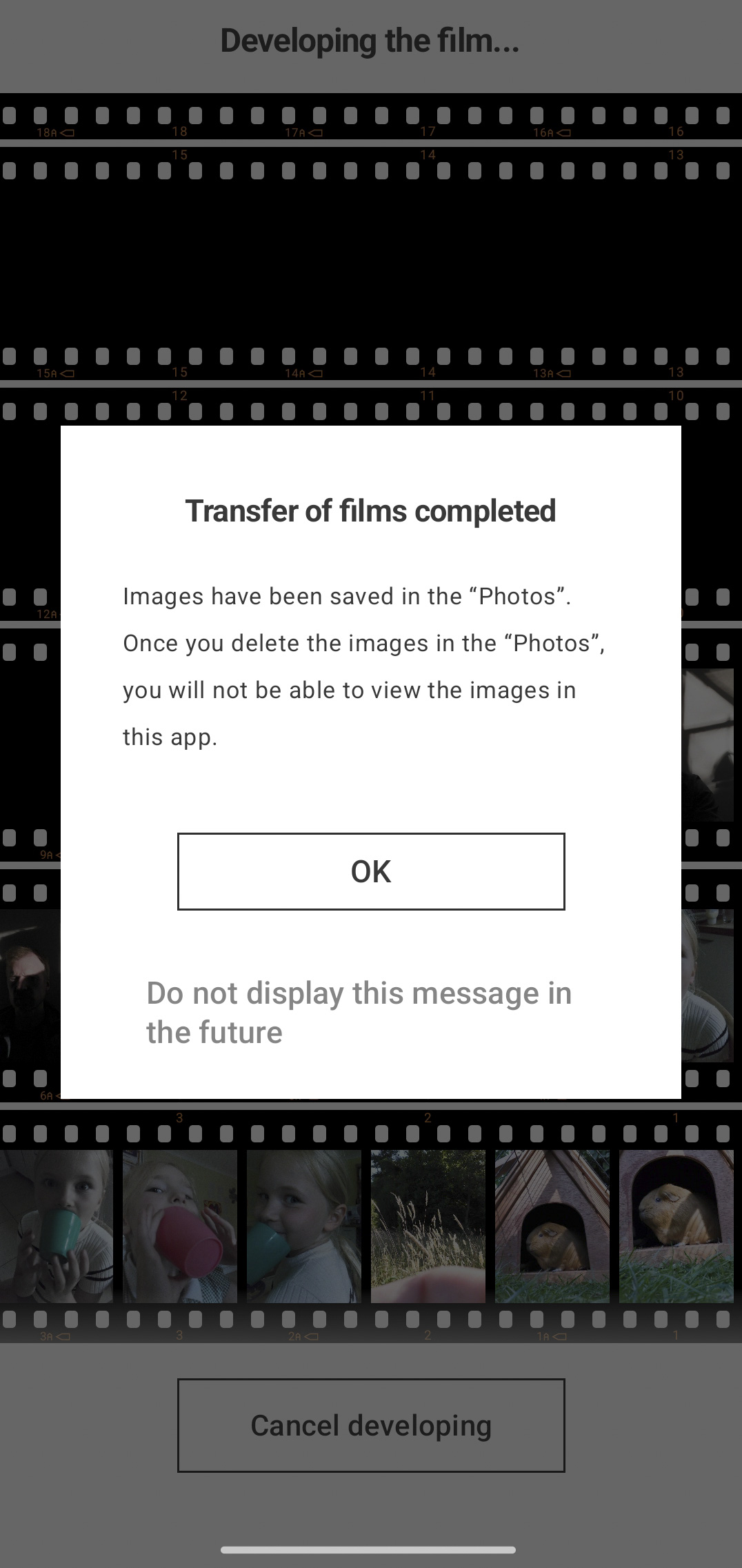
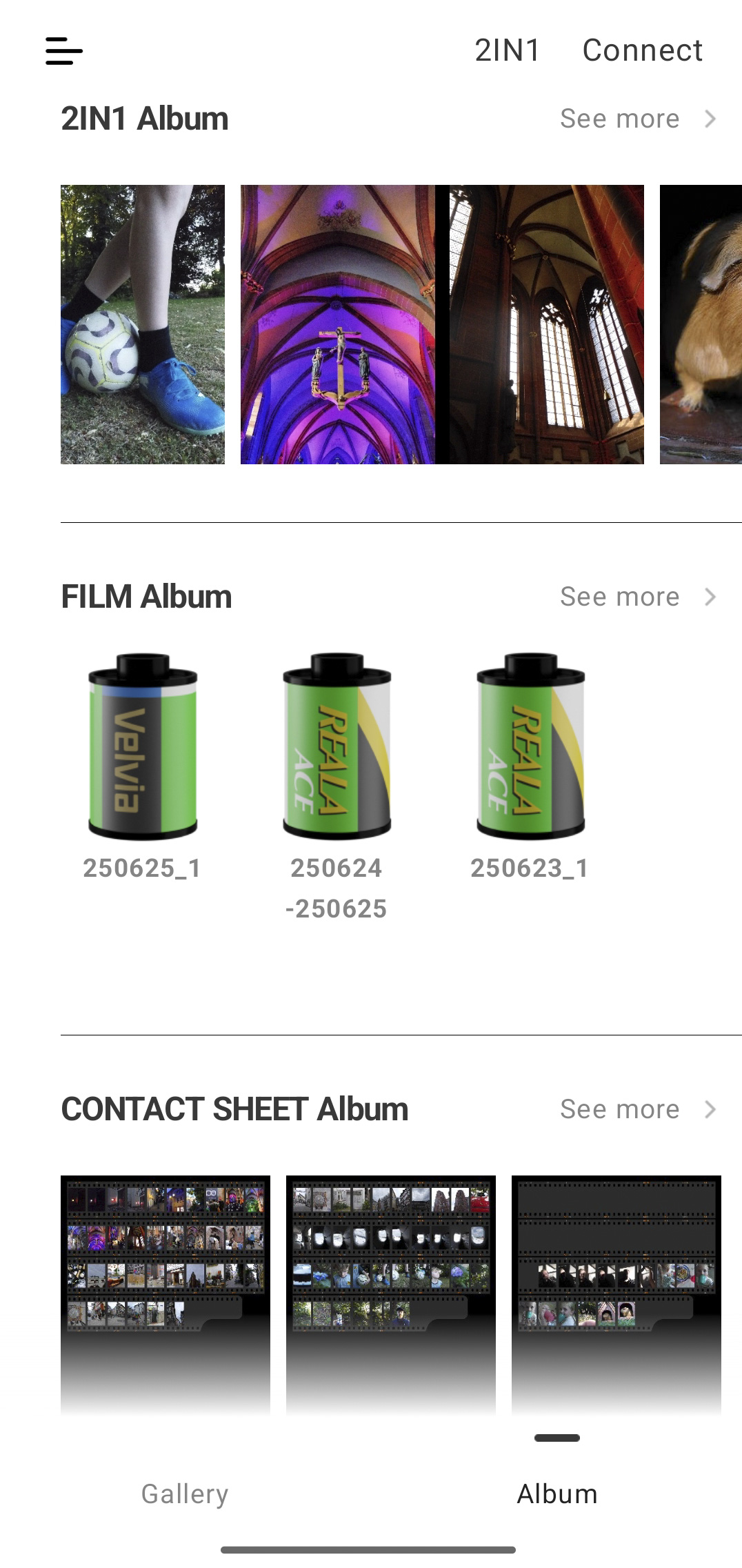
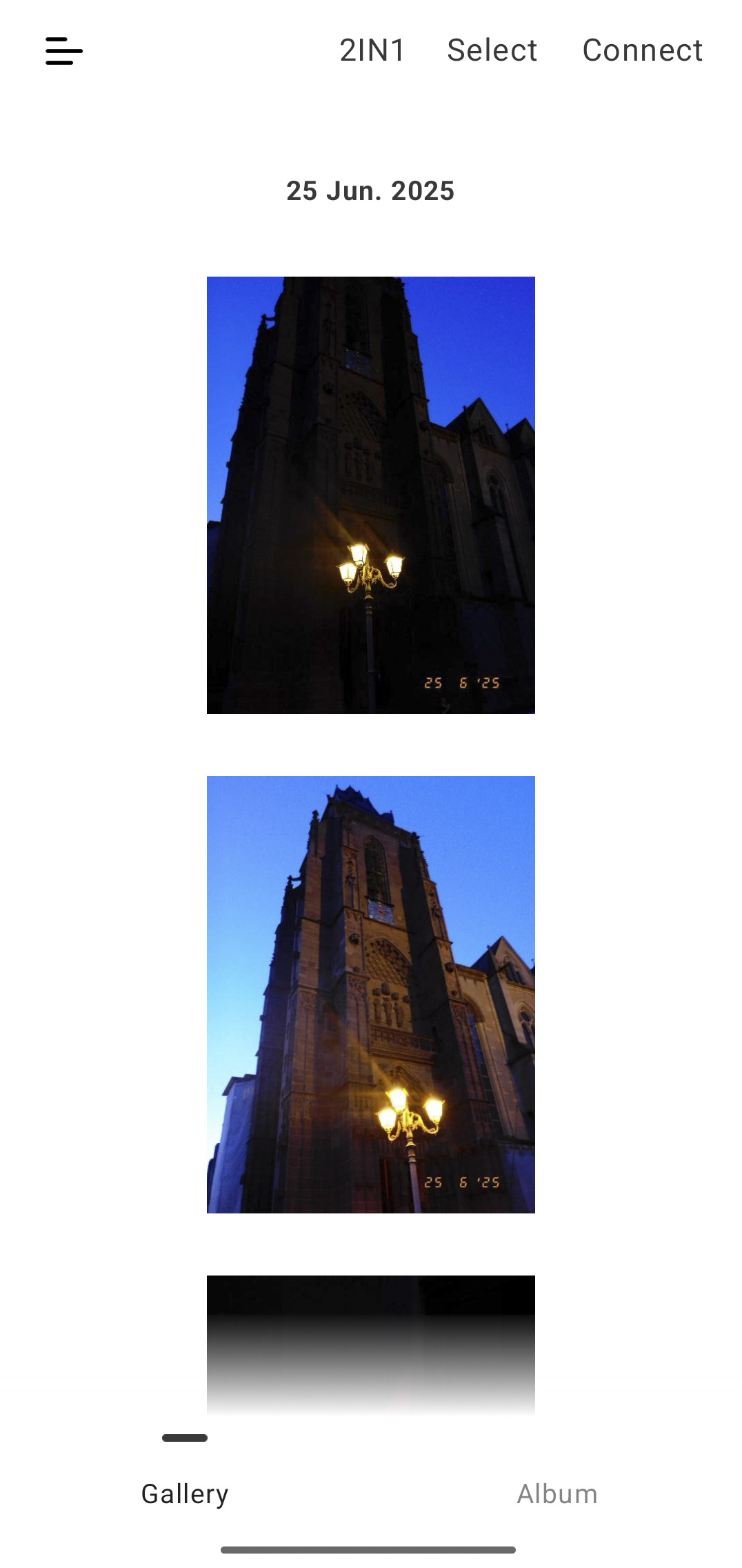
Once the 'roll' is done, you upload the shots wirelessly to the Fujifilm X half app, which is where you'll see your photos for the first time. The app reimagines the photo lab in such a fun way, 'developing' the roll and then displaying it as a contact sheet – as someone who learned photograph in the darkroom, this feature has won me over.
If you approach the X half as a fun camera for casual snaps with some creative looks to try out, and as a convenient digital reimagining of analog photography, then you'll be wholly satisfied.
- Performance score: 3.5 / 5
Fujifilm X half: testing scorecard
Attributes | Notes | Rating |
|---|---|---|
Price | Given the fun factor, the X half feels pretty expensive. But if it gets you out shooting, then it's decent value. | 3.5/5 |
Design | Packed with charming features, the X half's retro plastic body is truly pocketable and eye catching | 4/5 |
Performance | Not one for outright quality or high speed performance, the X half is a different kind of camera that reimagines the analog photography experience beautifully. | 3.5/5 |
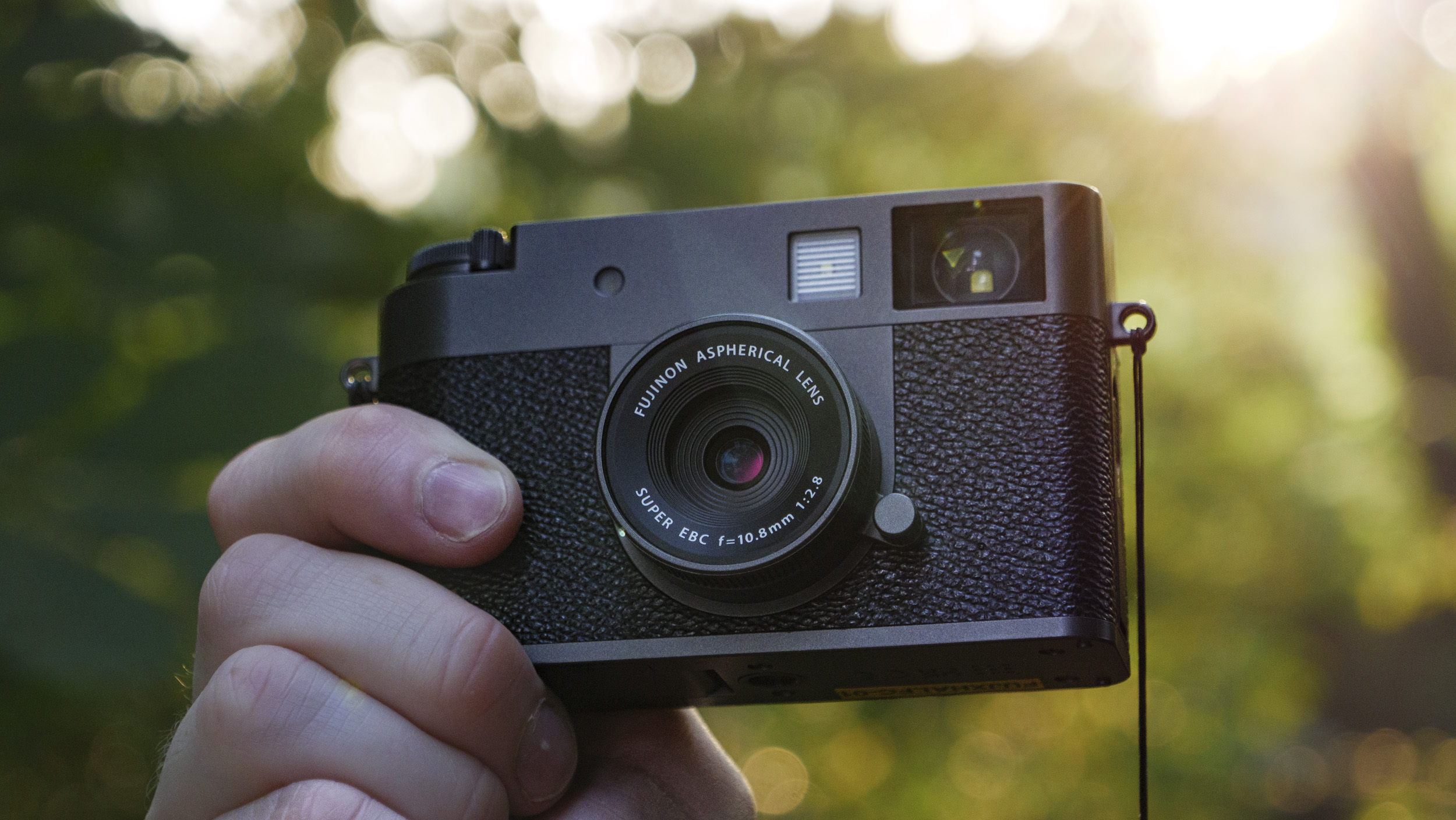
Should I buy the Fujifilm X half?
Buy it if...
You have a soft spot for film photography
The X half is clearly made be film camera fans, and wonderfully reimagines the format in digital form.View Deal
You simply want a bit of photography fun
Forget the specs, the X half is a cute, retro bundle of fun.View Deal
You'd like a truly compact camera
The X half is so small, even with its fixed lens, that'll easily slip into your pocket.View Deal
Don't buy it if...
You’re a stickler for image quality
Shooting 18MP JPEG-only photos and Full HD video with a vertical 1-inch sensor, the X half's image quality is pretty basic.View Deal
You're on the look out for a 'regular' compact
The X half is essentially in a category of its own and clearly geared to film photography fans.View Deal
Fujifilm X half: Also consider
Should you want the genuine half-frame film experience the Pentax 17 is an obvious recommendation, sharing as it does many design similarities with the Fujifilm X half. The Pentax 17 is cheaper as an initial outlay, but remember there will be the ongoing film costs. A super-cheap half frame alternative would be the Kodak Ektar.
Read our in-depth Pentax 17 review
If it's the compact proportions and fixed wide-angle lens that appeal, then the Ricoh GR III is a pricier, high-quality alternative. In fact, with larger APS-C sensor and 24MP stills it delivers the best image quality from a pocketable camera, full stop. However, the GR III a 'regular' camera so you'll miss out on the fun features.
Read our in-depth Ricoh GR III review
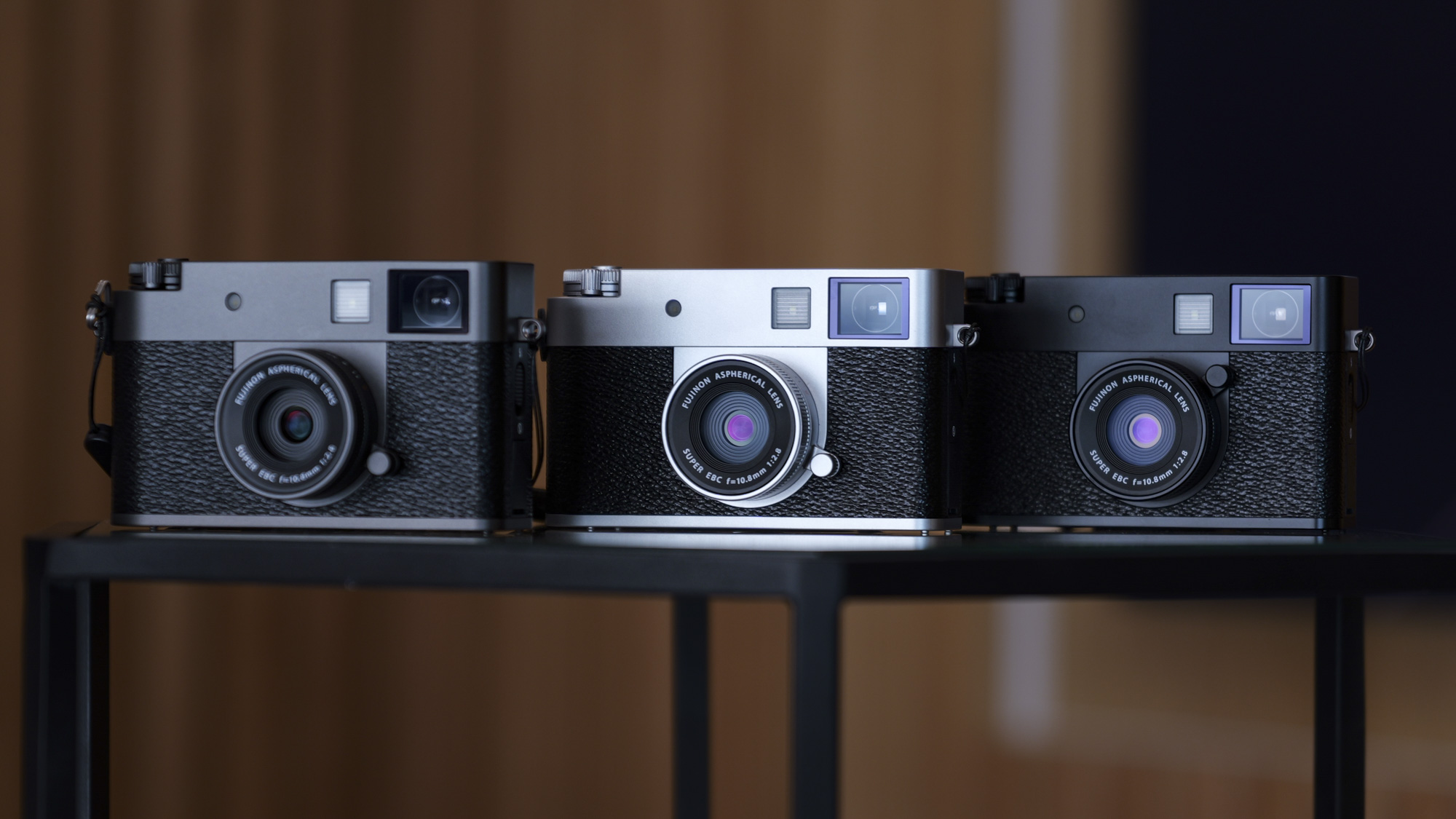
How I tested the Fujifilm X half
- A short session with the camera ahead of its global announcement
- Fujifilm consequently loaned me the camera for several weeks
- I've tried various Film Simulations and picture effects, plus the diptych and Film Roll modes
I had the Fujifilm X half in my pocket for several weeks, during which time I tried out the various Film Simulation modes, picture effects, and shooting modes for photos and video. These include the diptych feature and the Film Roll. In essence, I've tried out every feature the camera has to offer.
On a technical level, I shot a series of images adjusting the lens aperture stop by stop, from its maximum f/2.8 aperture to f/11, and examined those images to compare image quality at each setting.
I've also switched between various autofocus and manual focus modes to see how each option handles. I shot images at the minimum focus distance too in order to check the camera's close focusing capabilities and for any lens distortion.
- First reviewed May 2025
